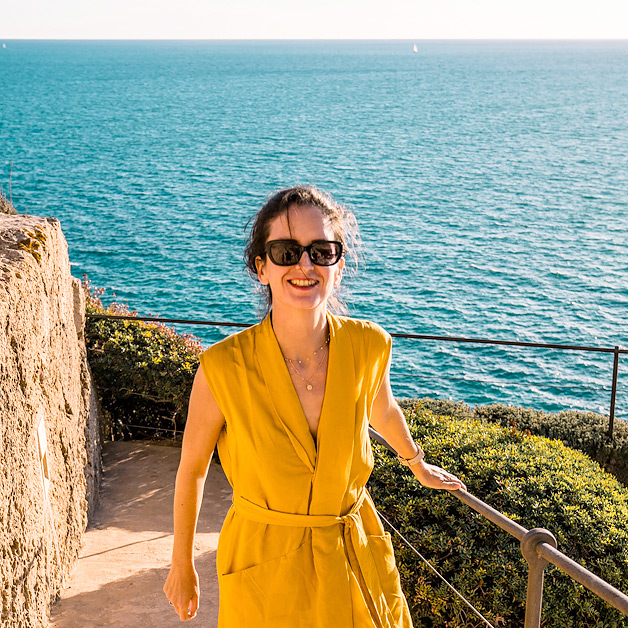Finding an urban jungle just outside of the city may be the last thing on your mind when you think about Torremolinos.
The city in Costa del Sol is more known for its budget holiday resorts and as the mecca of the LGBT community in the summer.
Back in the time of the Moorish occupation, it was a very different picture.
The city’s name means ‘Tower of the Mills’.
Torremolinos once had a booming mill industry. The city was almost completely destroyed and its population was diminished after centuries of attacks from the sea. In the 20th century, the city and its mills were rebuilt and set off a new area in the history of the city.
The botanical garden along with its museum in the completely renovated mill is a wonderful way to explore a bit of this history in beautiful surroundings.
See Also: Most Popular Activities in Torremolinos
- Crocodile Park in Torremolinos: Entrance Tickets – live on the wild side and visit this popular animal attraction in the heart of Torremolinos
- Full-Day Tour of Seville from Torremolinos – visit the capital of Andalusia on a day trip from Torremolinos, with a guide in English and free time to explore the city on your own
- Caminito del Rey Guided Tour from Torremolinos – enjoy a relaxing hike in one of the most spectacular nature spots in Southern Spain, the famous ‘path of the King’ and admire stunning views of the gorges from a high vantage point! Certainly, a trip to remember!
- Gibraltar Sightseeing Day Tour from Torremolinos – day trip visit to The Rock, with free time for duty-free shopping, exploring Gibraltar or venturing out to the nature reserve with the monkeys.
- From Torremolinos: Granada and Alhambra Tour – marvel at the beauty of the ancient Alhambra palace on this day trip from Torremolinos, with Alhambra skip-the-line tickets and a tour guide included.
Molino de Inca Location
The botanical garden is North of the city center, close to the main highway. Some say it’s 20 minutes walk, but I would not recommend walking as there are no safe walking paths next to the main road that leads here.
It’s a short taxi drive (costs around 4 eur with uber) or car drive to Camino de los Pinares. The botanical garden is right next to Molino de Batán (Batán Mill) and El Pinar de los Manantiales.
There is a large open space in front of both of these former mills with plenty of parking options.
Be careful, the entrance to the garden is in front of a steep curve and the cars here drive quite fast. Keep an eye on your kids if you’re traveling with them.
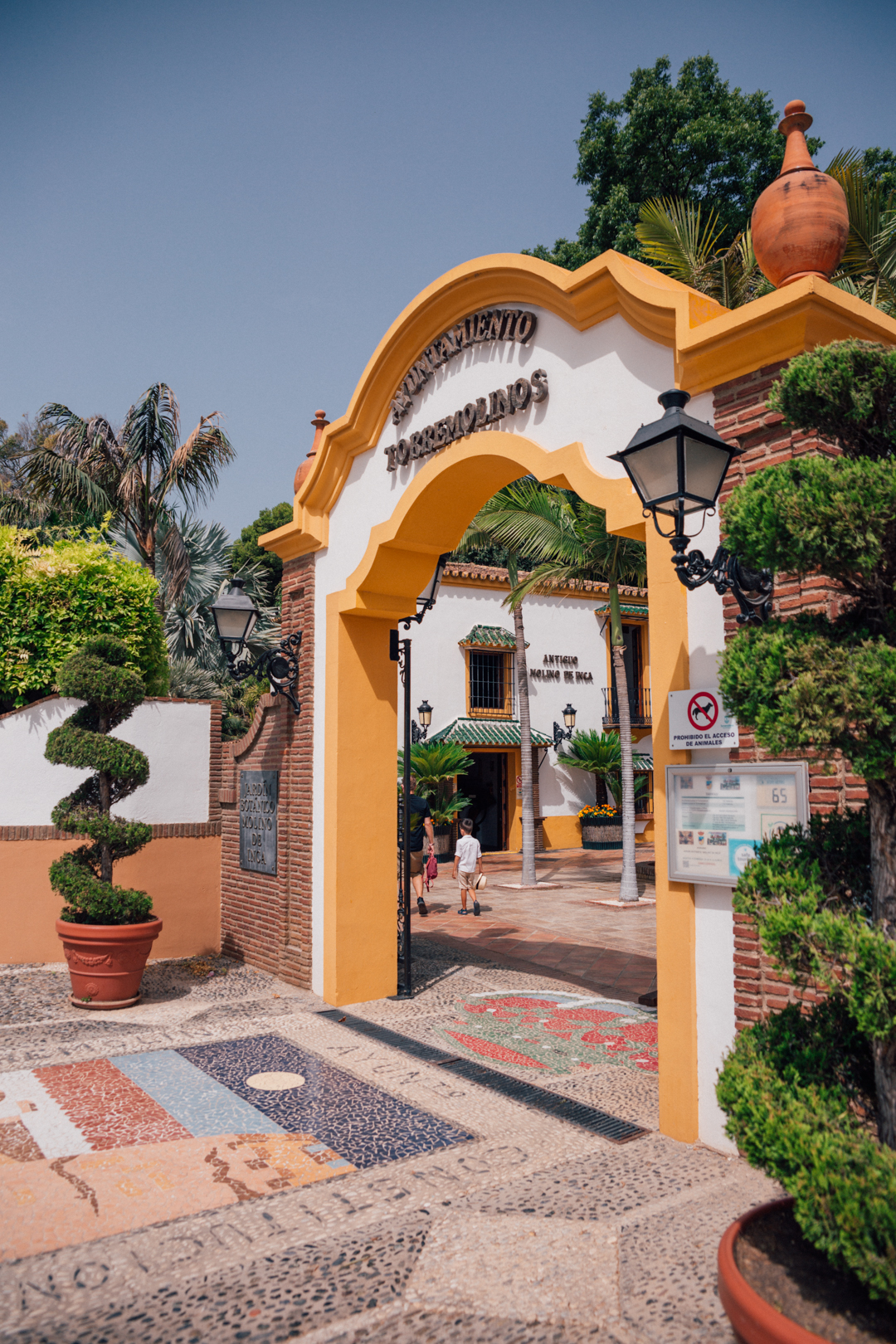
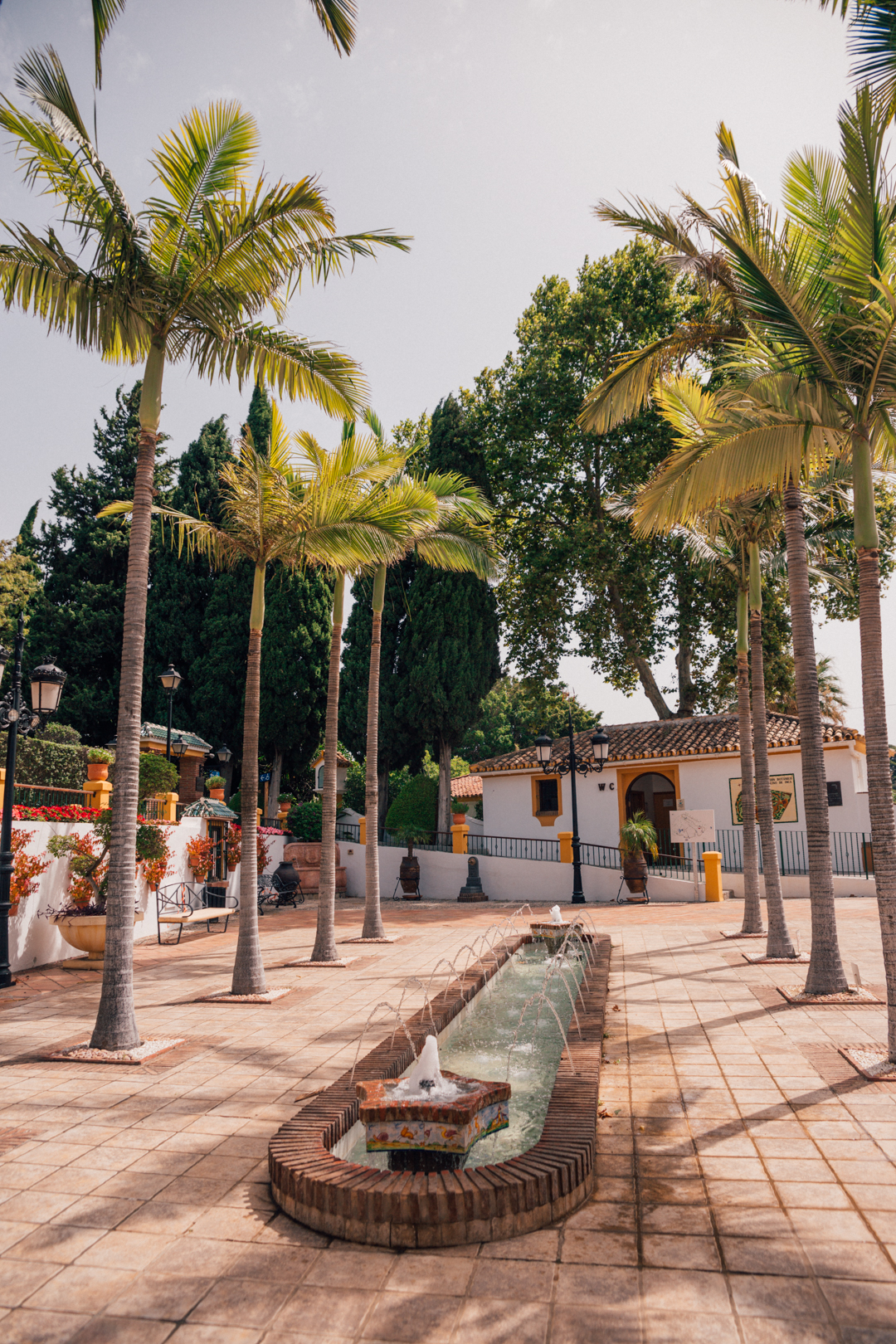
Tickets & Entrance
The ticket booth is in the main building, in a little window on the left.
The tickets cost 3 euro for adults, kids under 6 years old are free. Local residents pay 1 euro.
On the right side next to the ticket booth is the entrance to the mill museum.
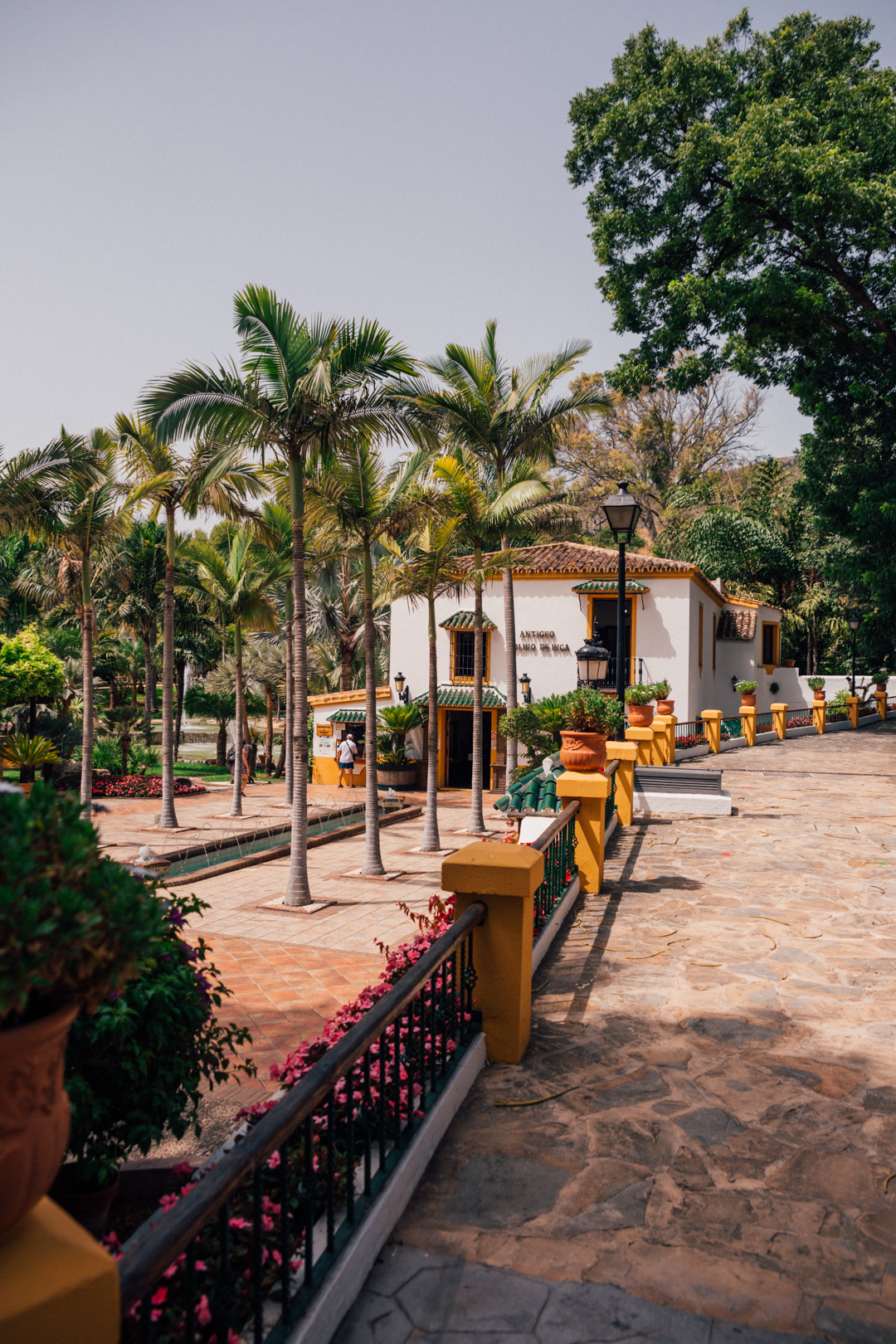
The Mill Museum
The mill has been extensively renovated and restored to its former glory.
You can see quite a bit of the history and the renovation process in the photographs displayed in the museum.
In the main part of the building, you will find miniature displays of different parts of life involving the work at the mill. They all have a button to push which would set the whole scenery in motion. Unfortunately, due to covid they cannot be used.
The museum then continues to the first floor.
In there you will find just an empty room and a couple of balconies overlooking the gardens.
As you make your way back downstairs, you can continue outside by exploring the vast gardens.
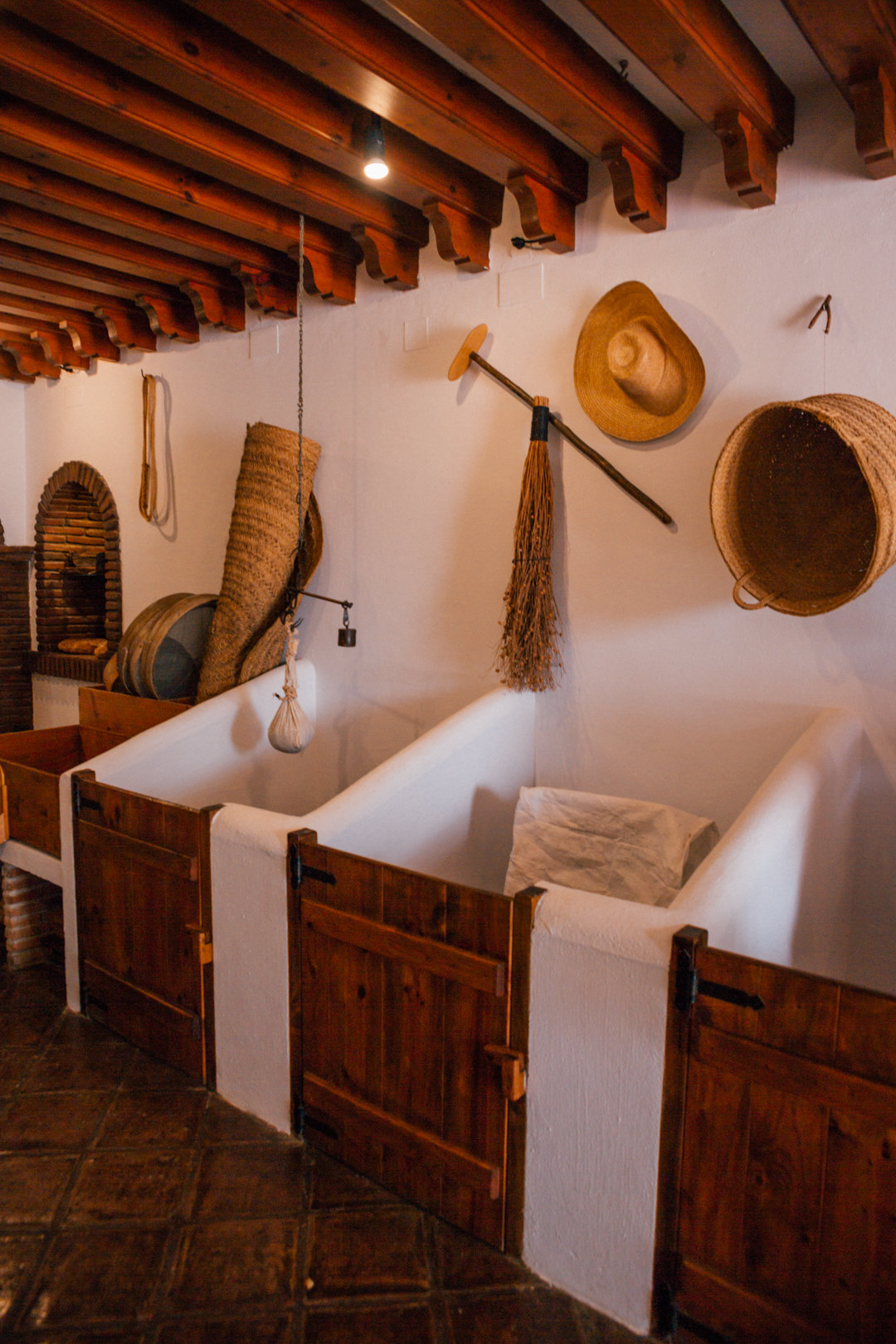
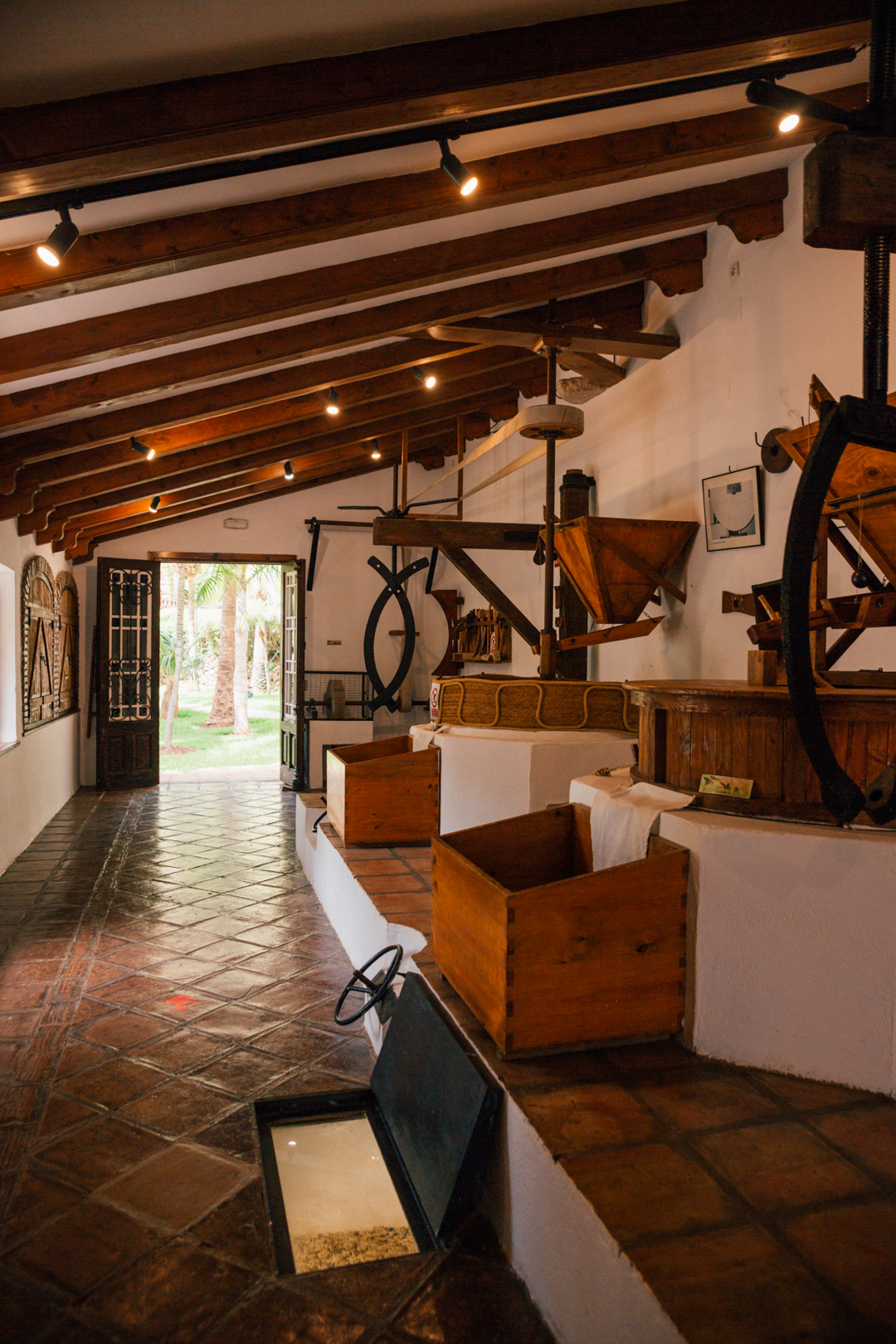
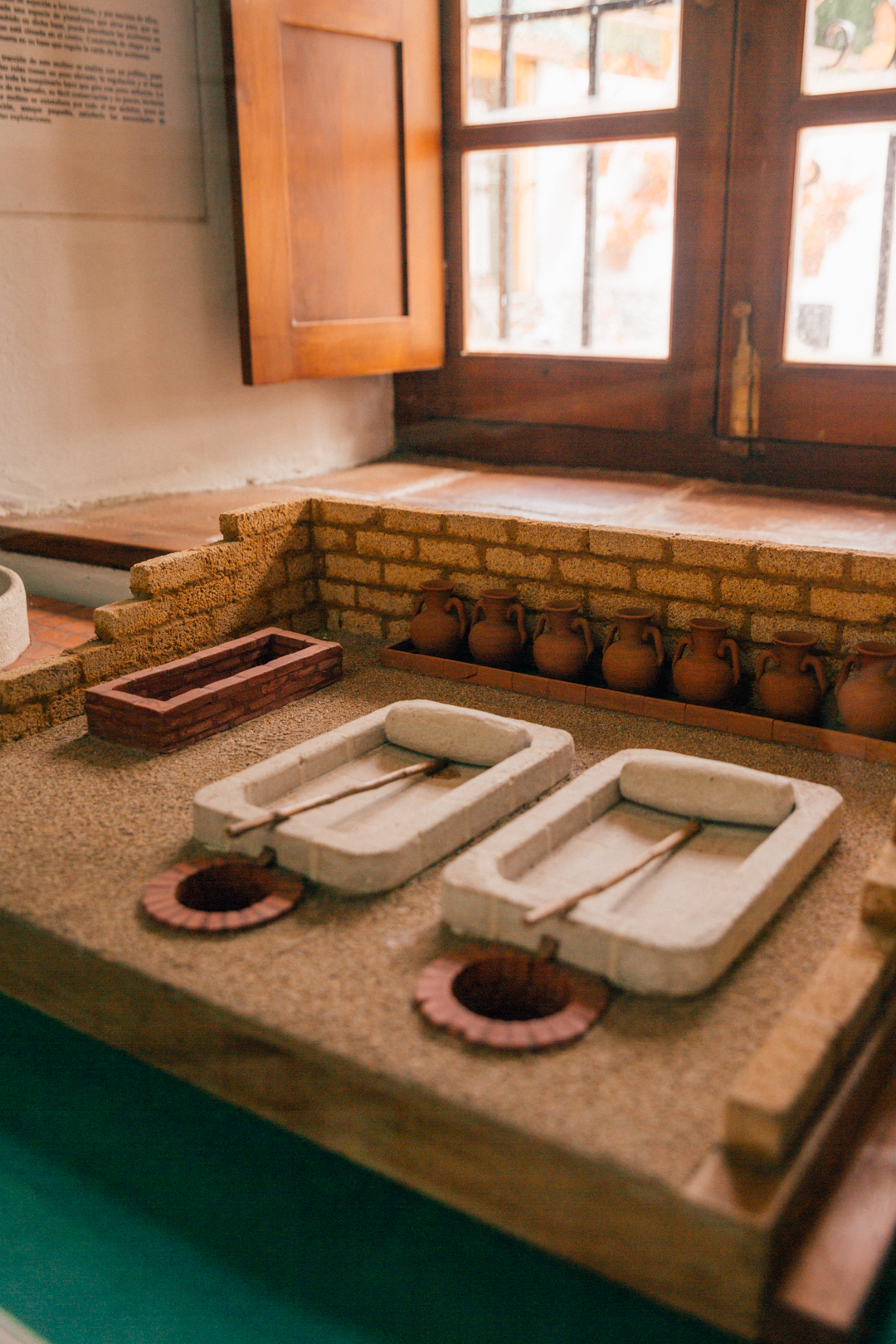
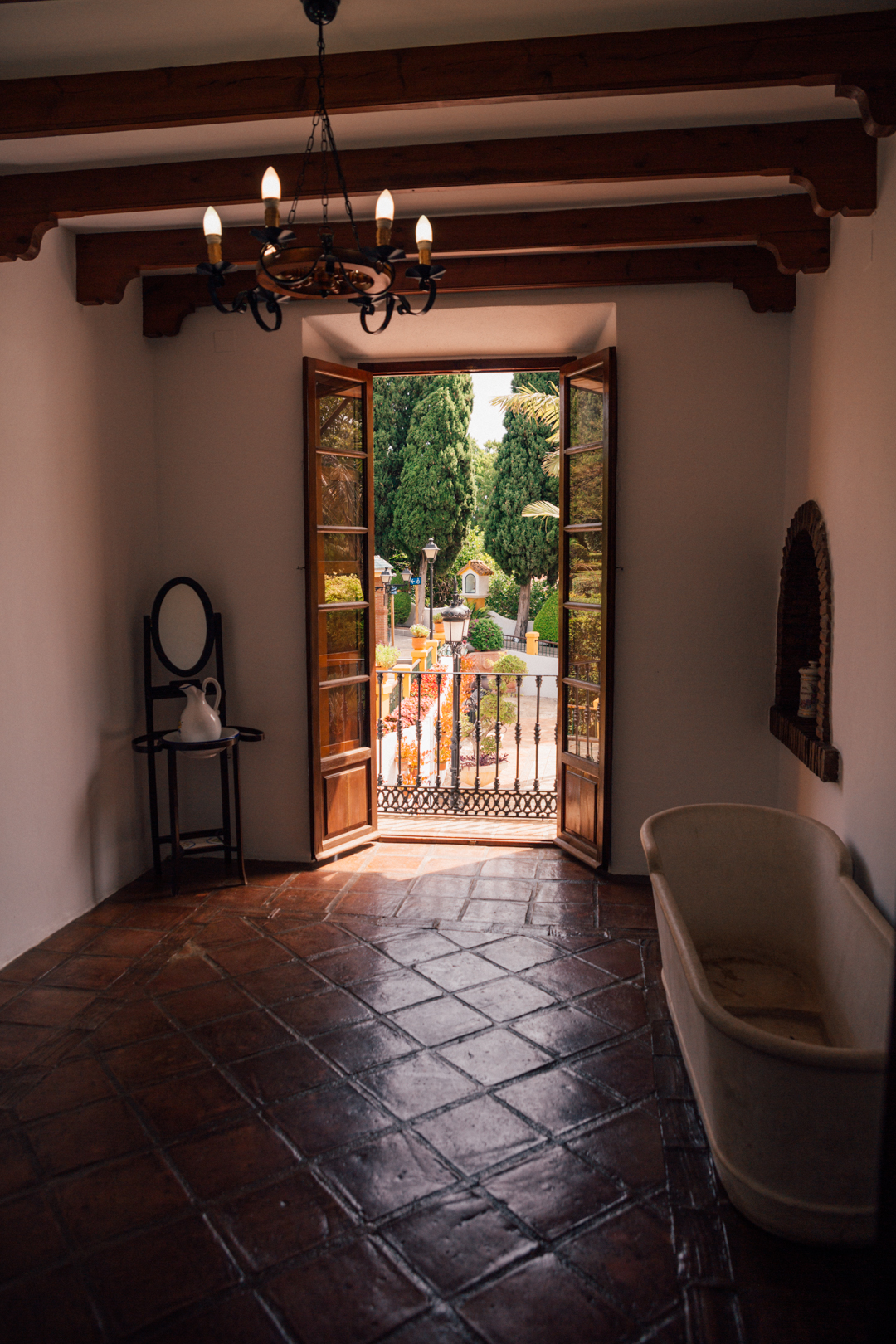
The Botanical Gardens
Redeveloped and renovated in 2003, the botanical garden boasts an impressive 40,000 square meters covered by over 1000 different plant varieties.
The collection includes 150 varieties of palms (impressive!!), 300 trees, and 400 bushes and shrubs.
The garden’s main feature is a natural water spring that cascades down from the hill. The sounds of the trickling water will accompany you as you explore the garden in its full glory.
In case you wondered where all the water goes – the water from the spring collects in an outfall pool behind the mill. It then runs straight to the city’s water system and supplies water – as it has been doing for hundreds of years.
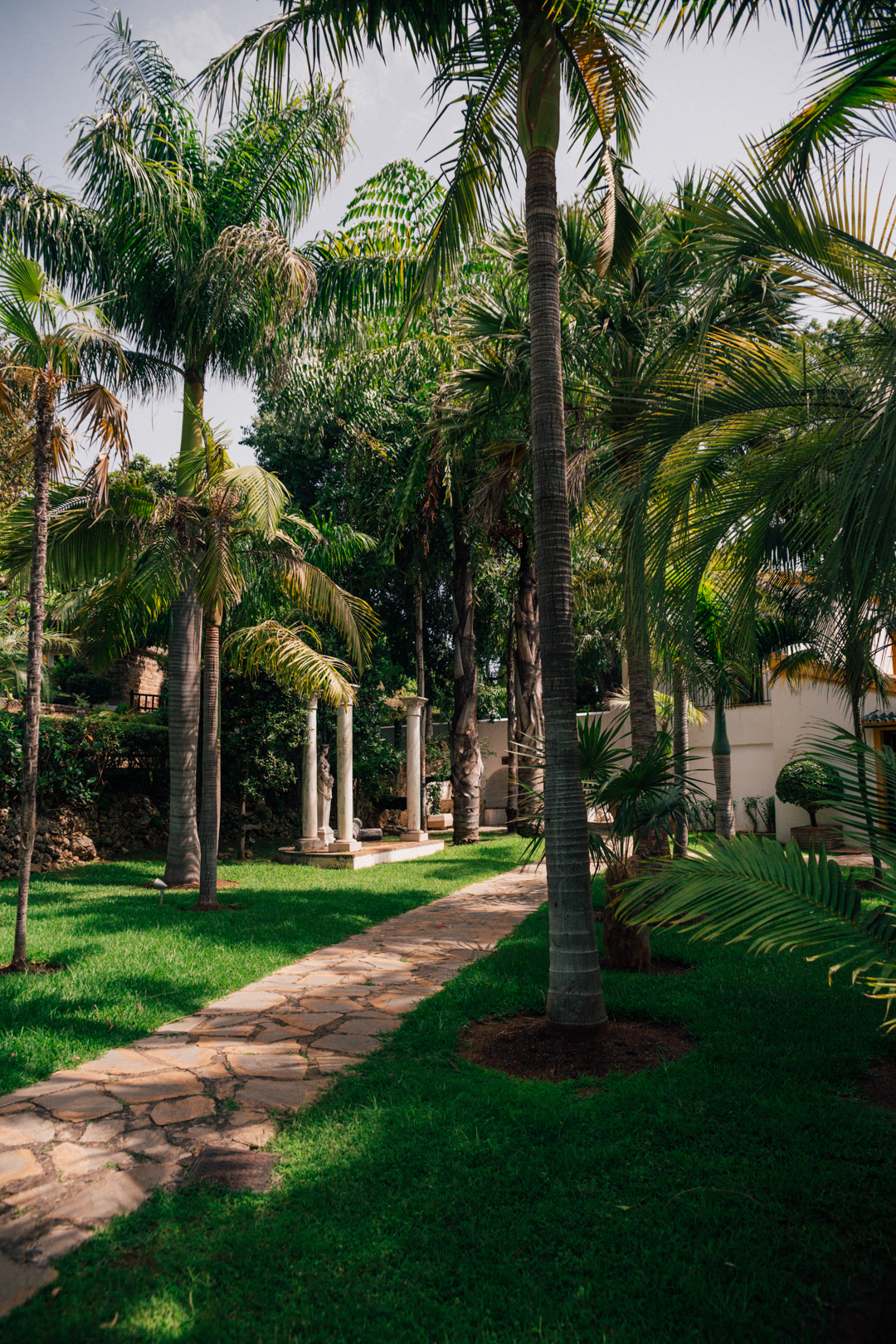
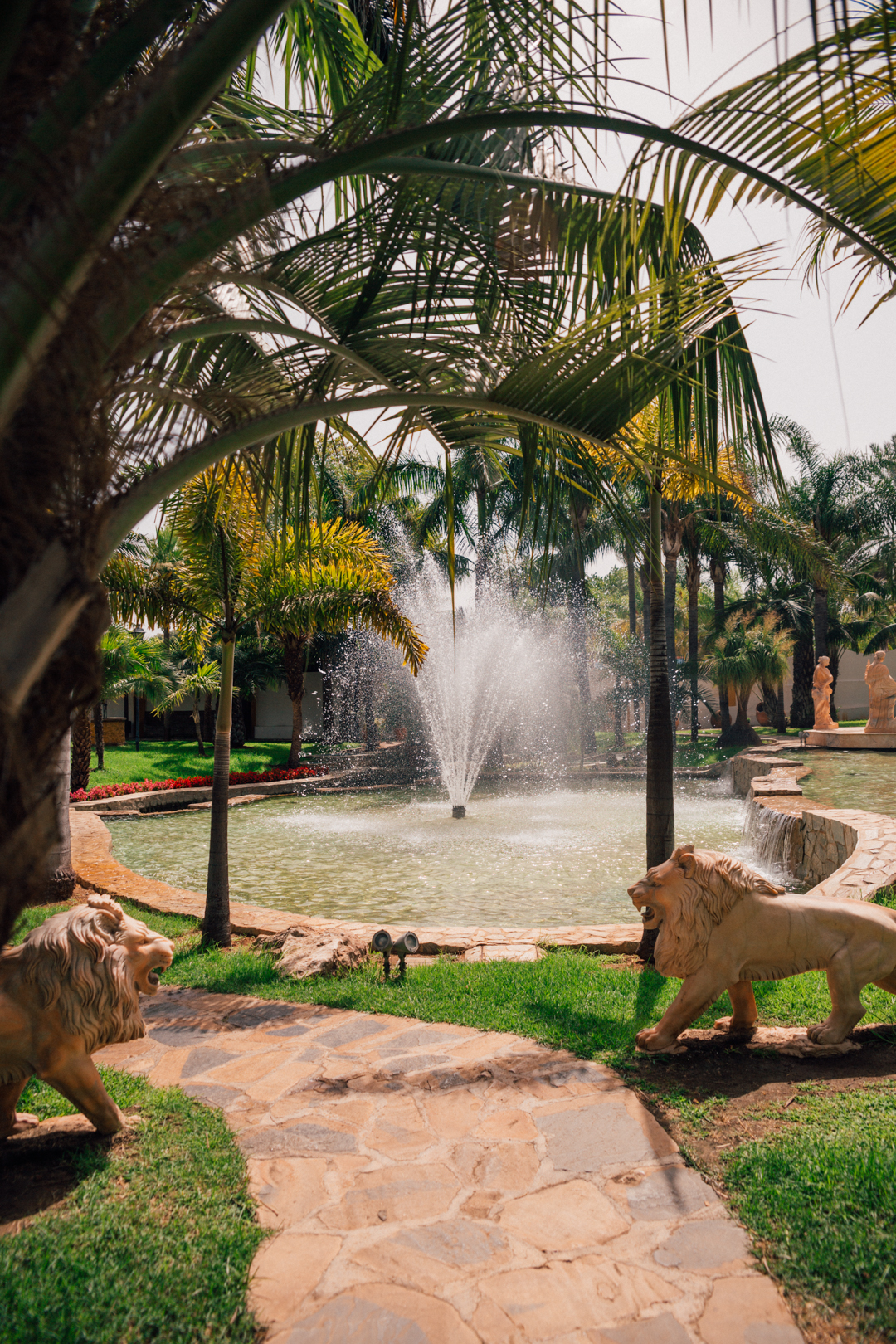
The garden paths will lead you to a higher vantage point with beautiful views of the whole garden.
Most of the garden is consists of tall trees which provide a very welcome break from the heat in the summer.
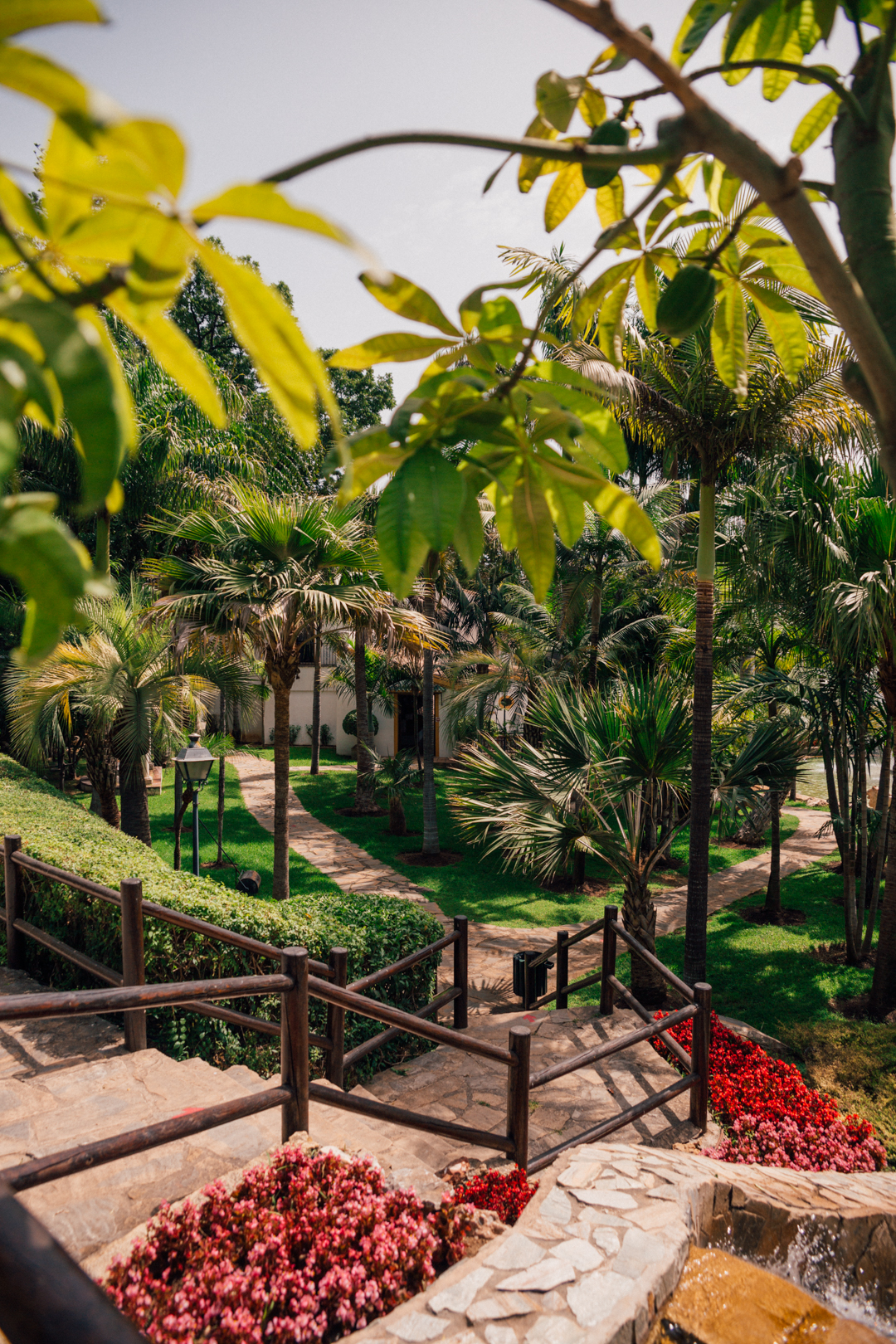
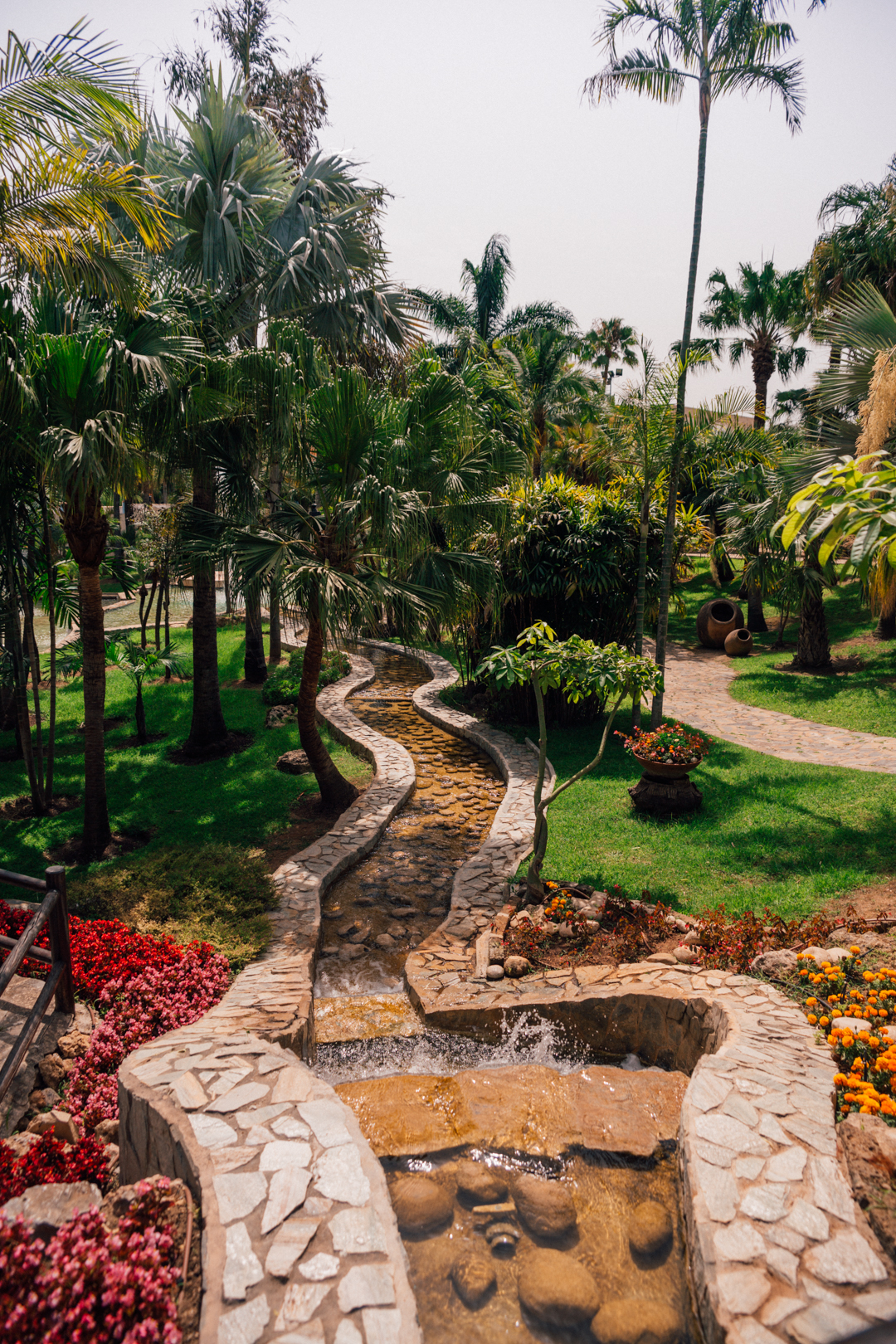
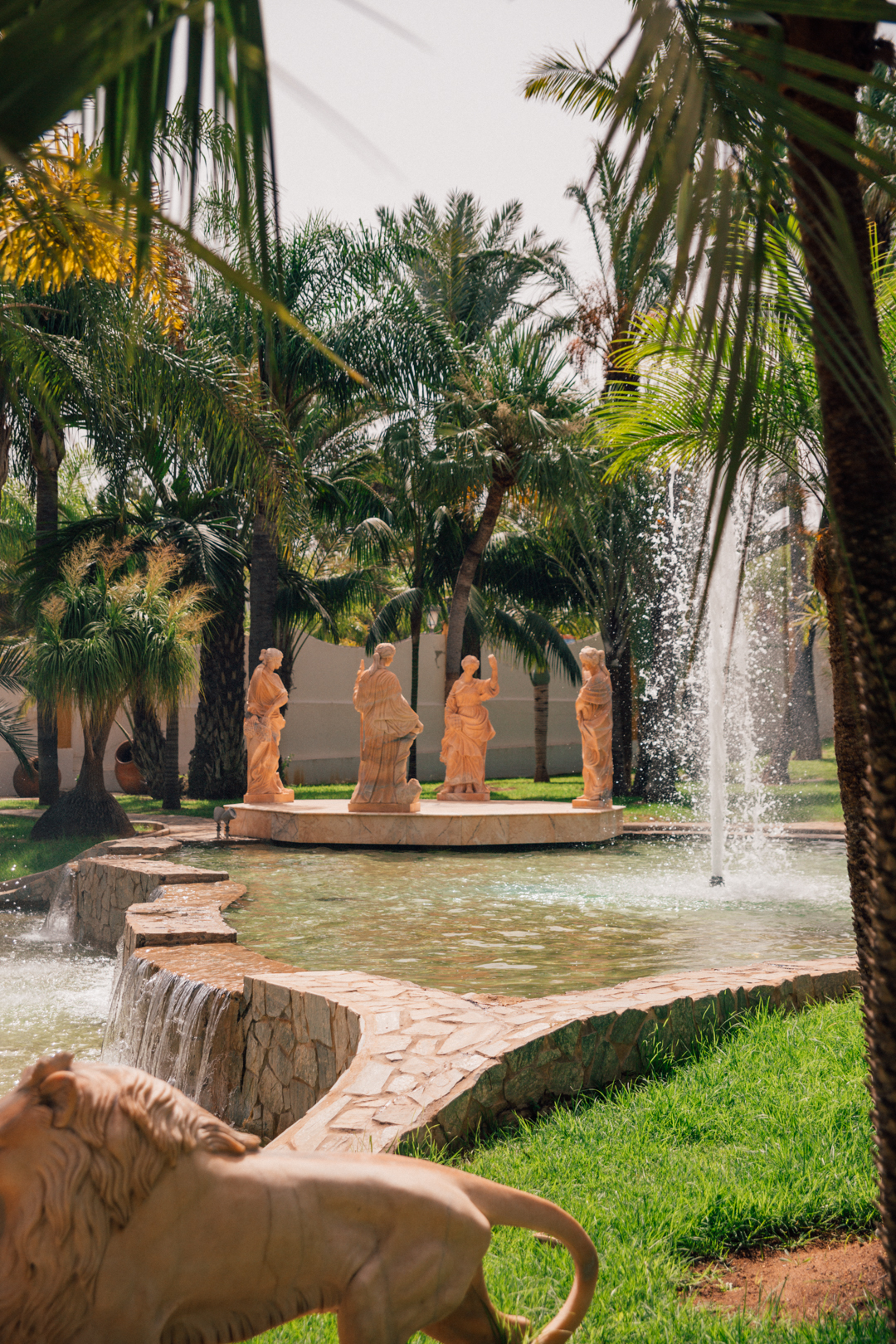
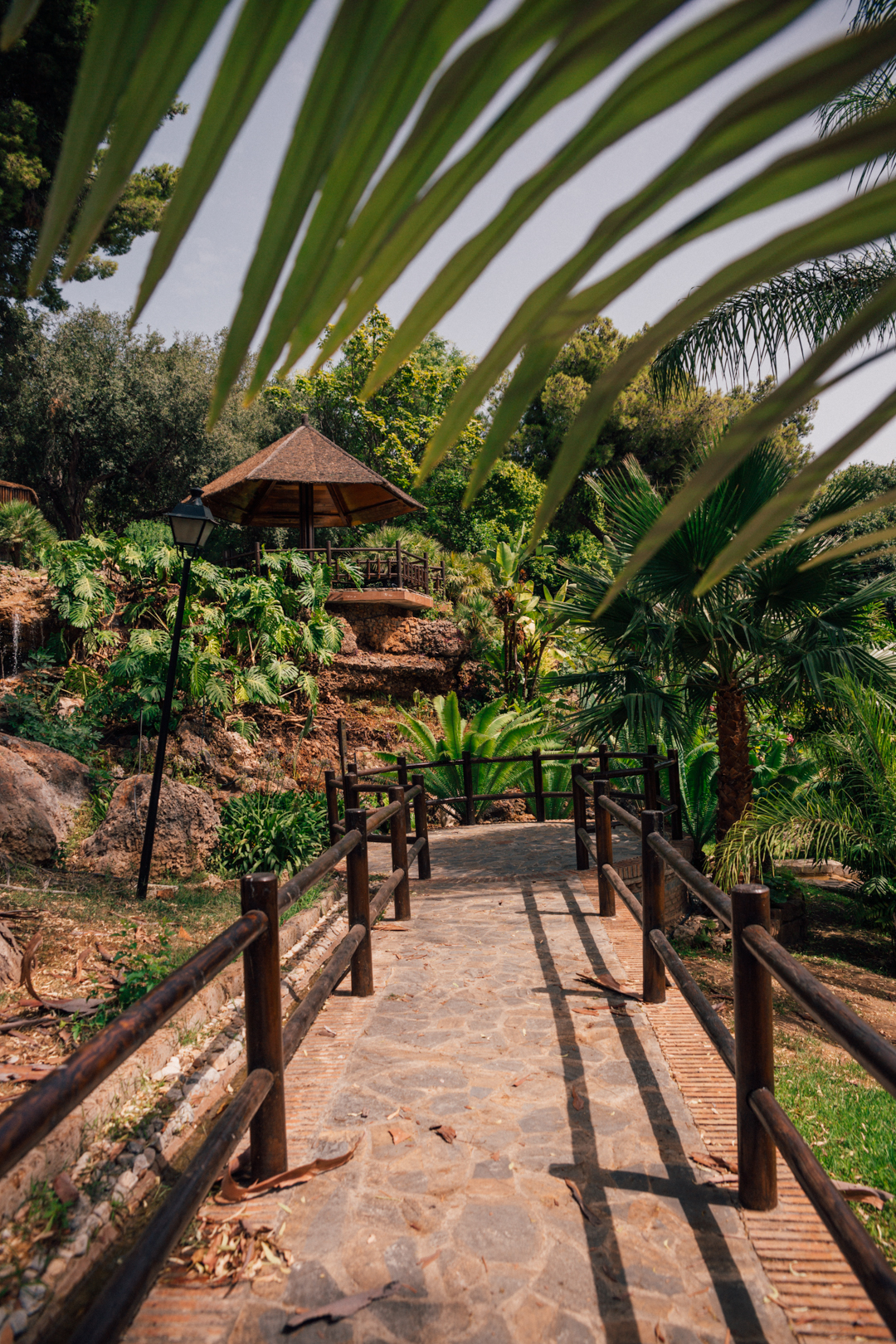
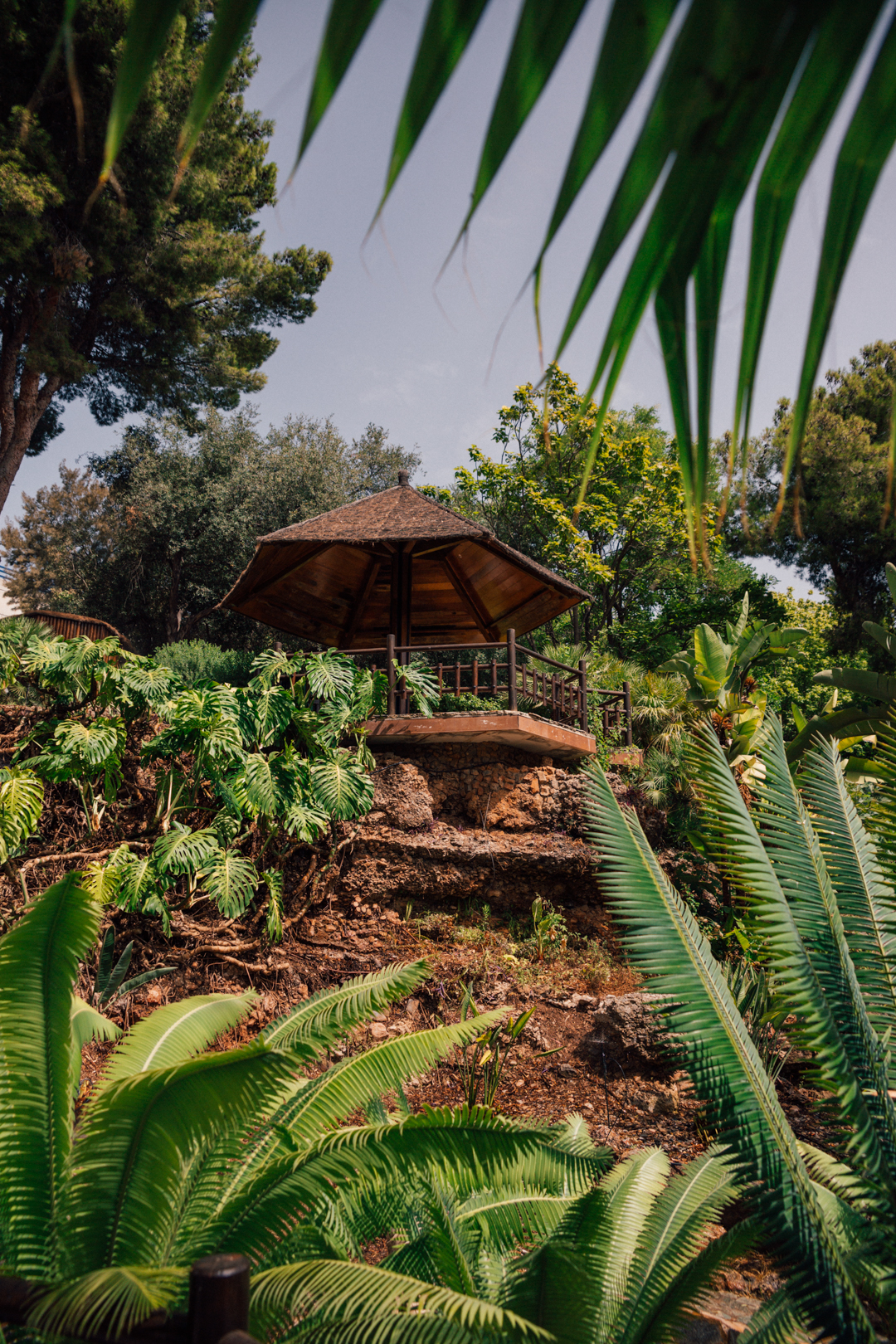
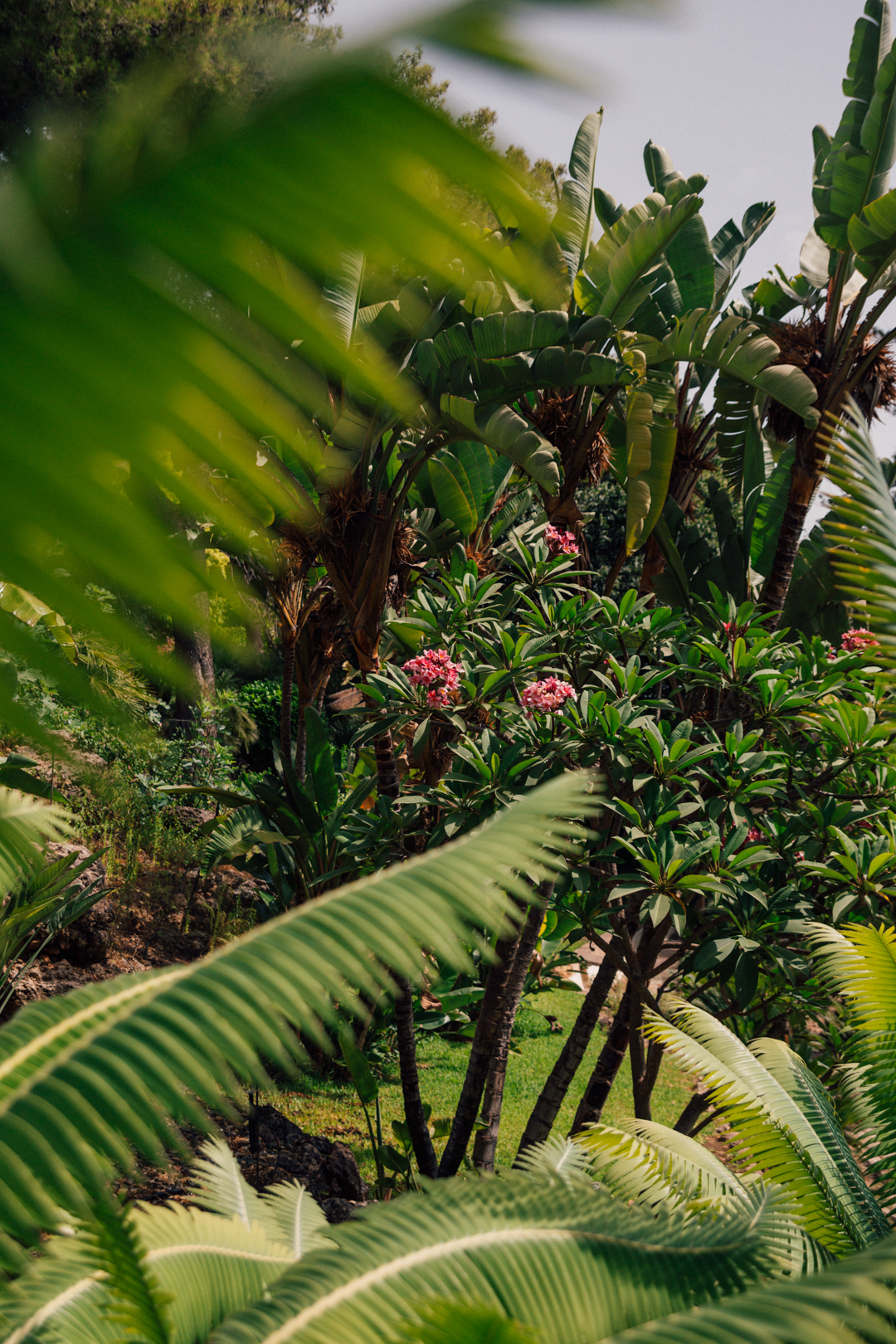
The water spring is surrounded by lush vegetation and can be best seen from the observation deck right next to it.
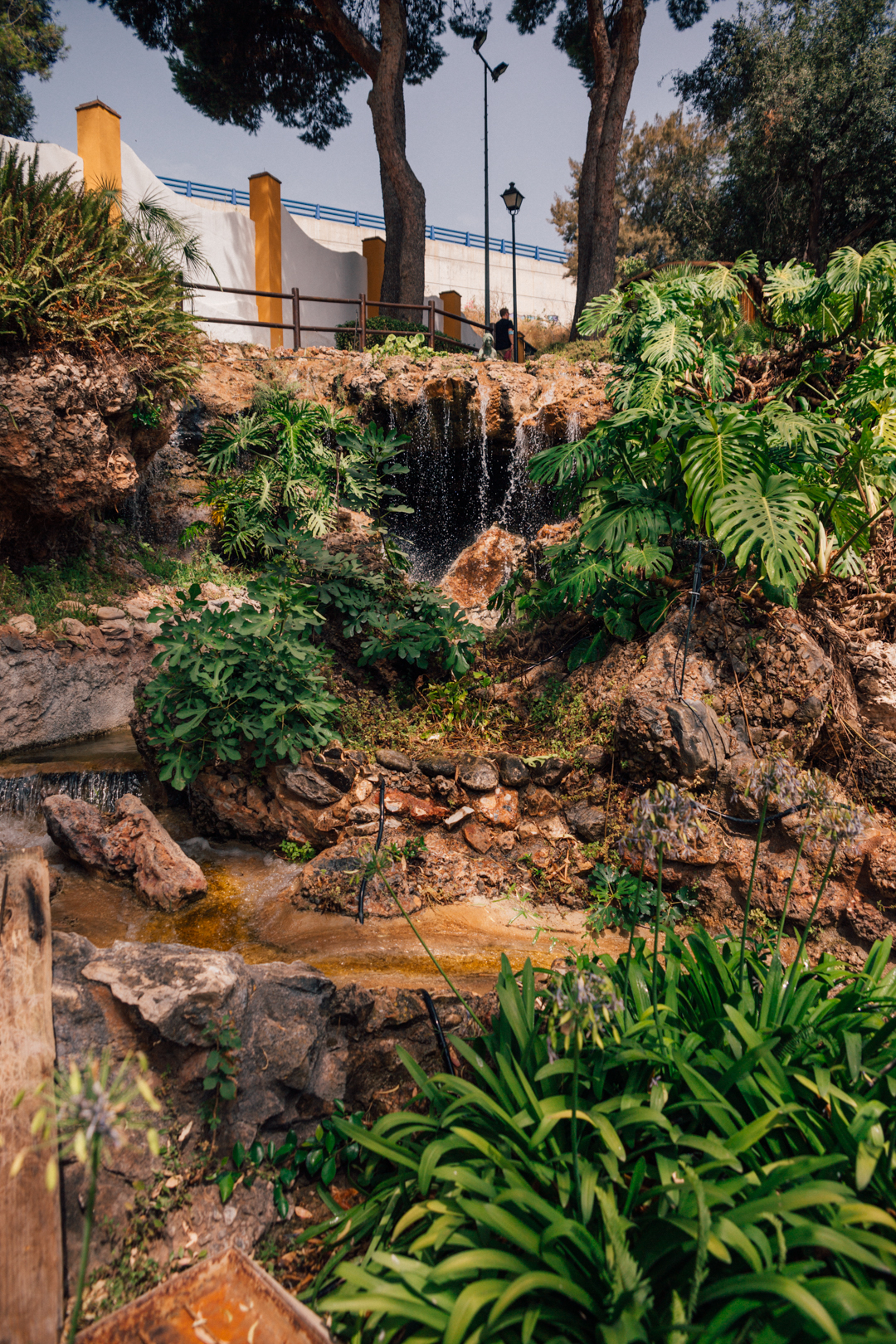
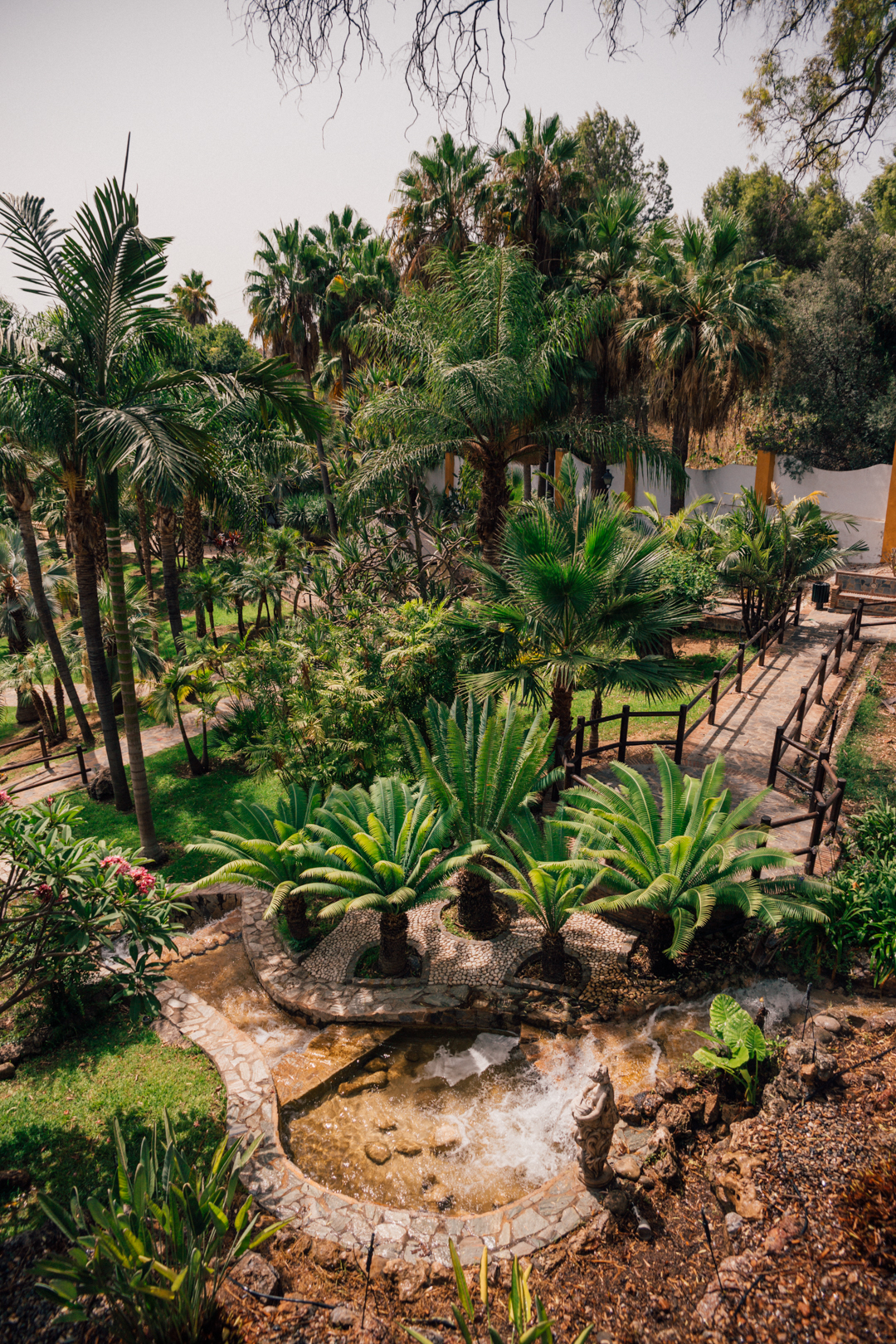
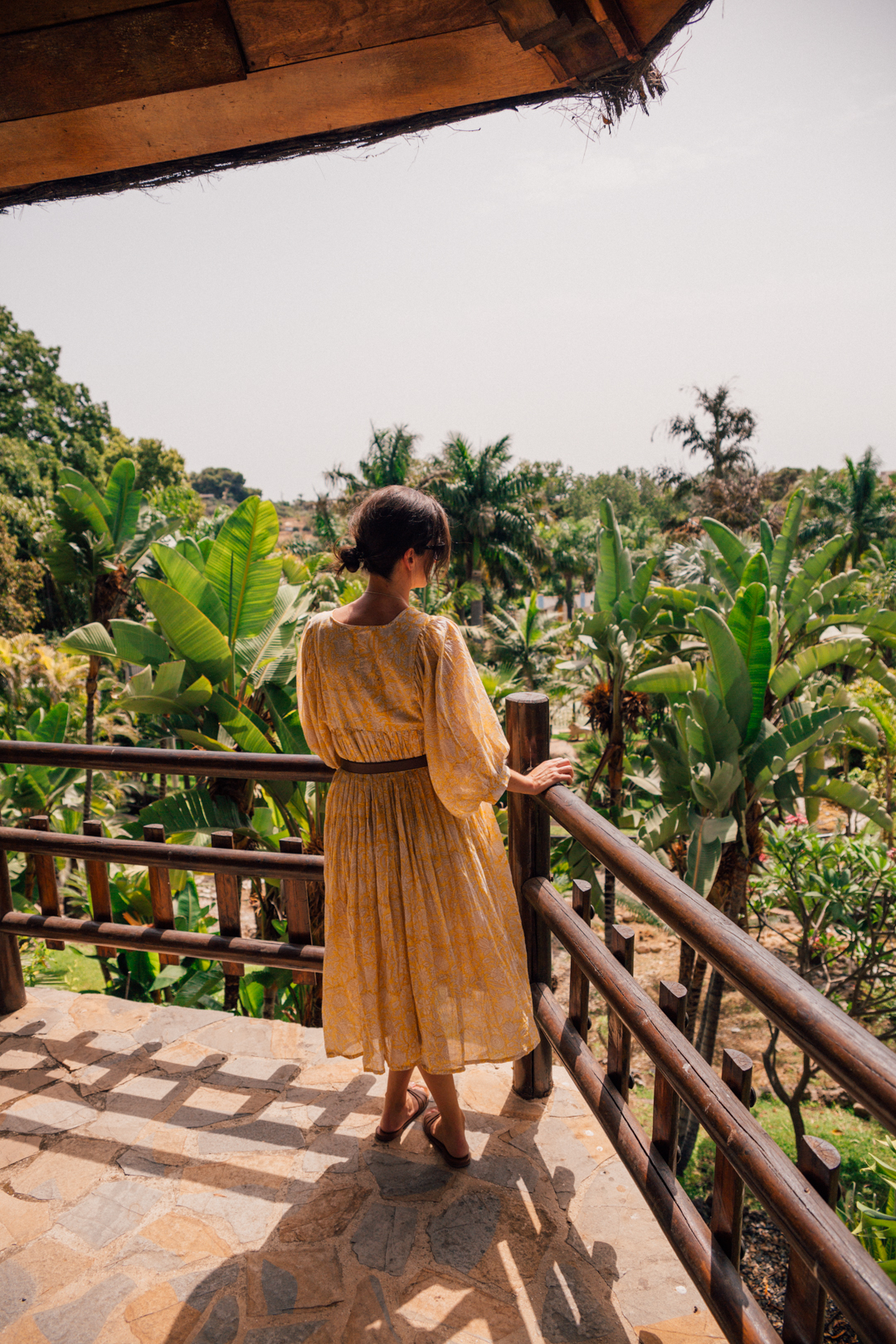
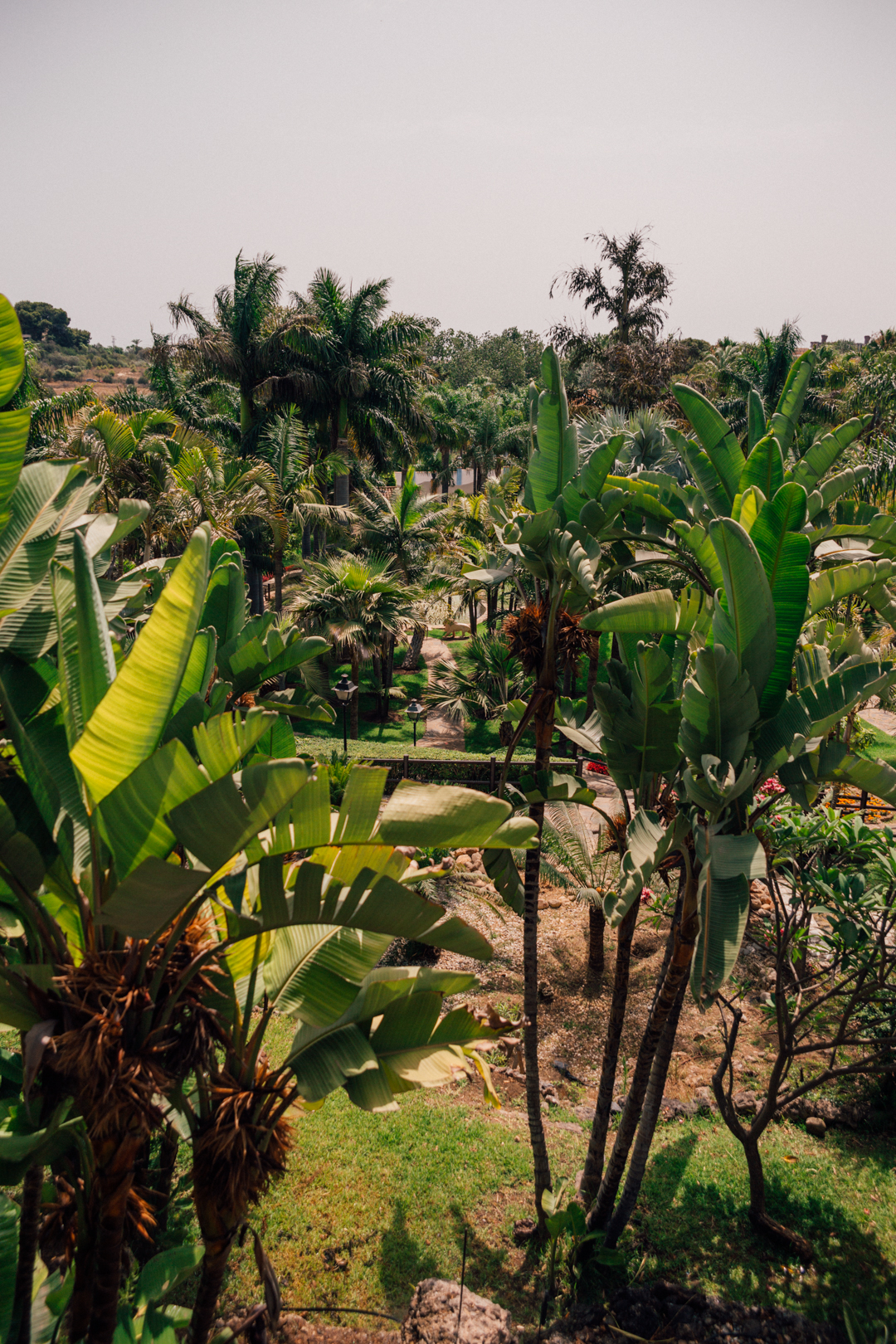
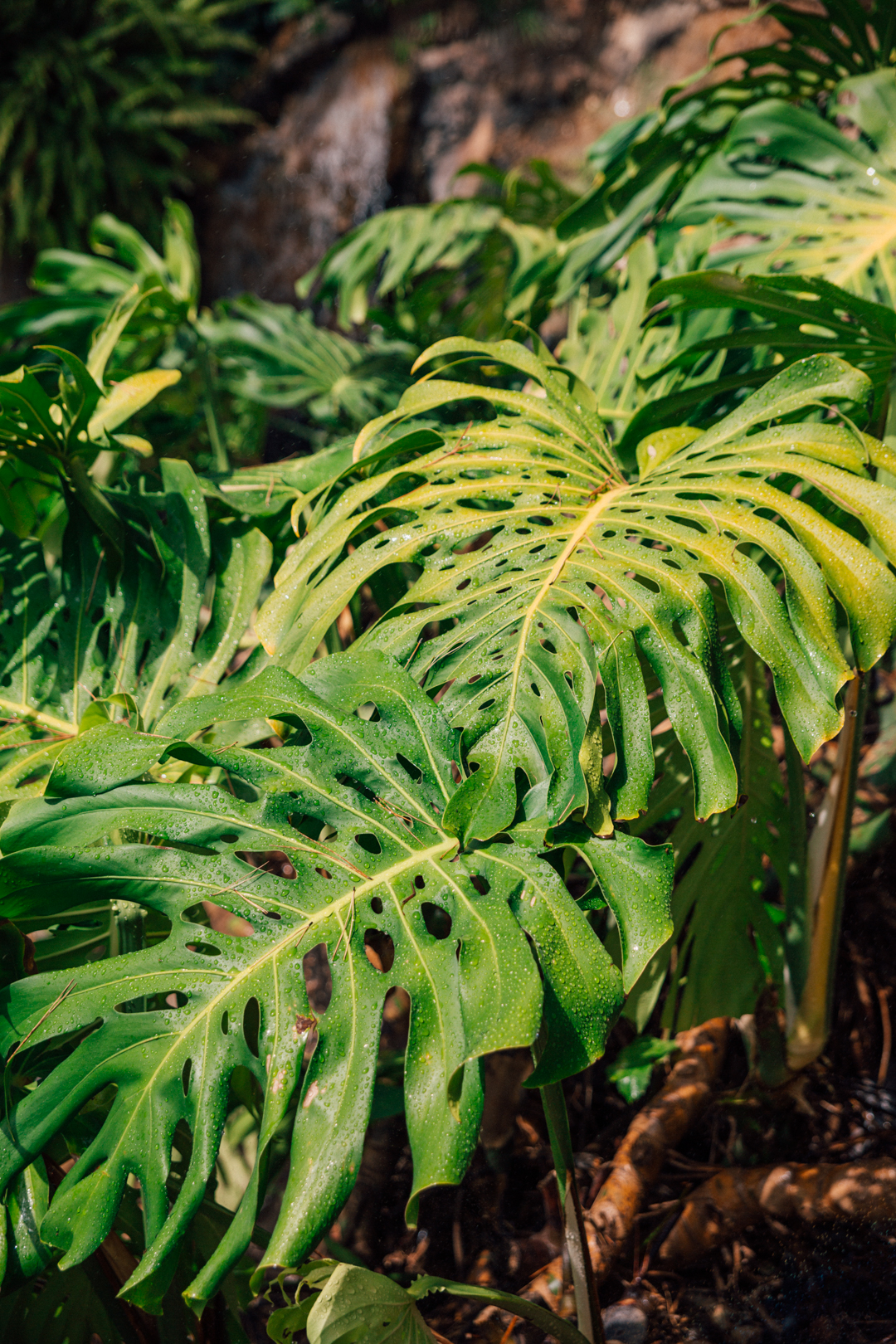
The Aviaries
As you continue further on following the pathway behind the water spring, you will enter a shaded area with a few aviaries.
There are about a dozen of them, a home to smaller birds like parrots, but also larger ones like owls or eagles.
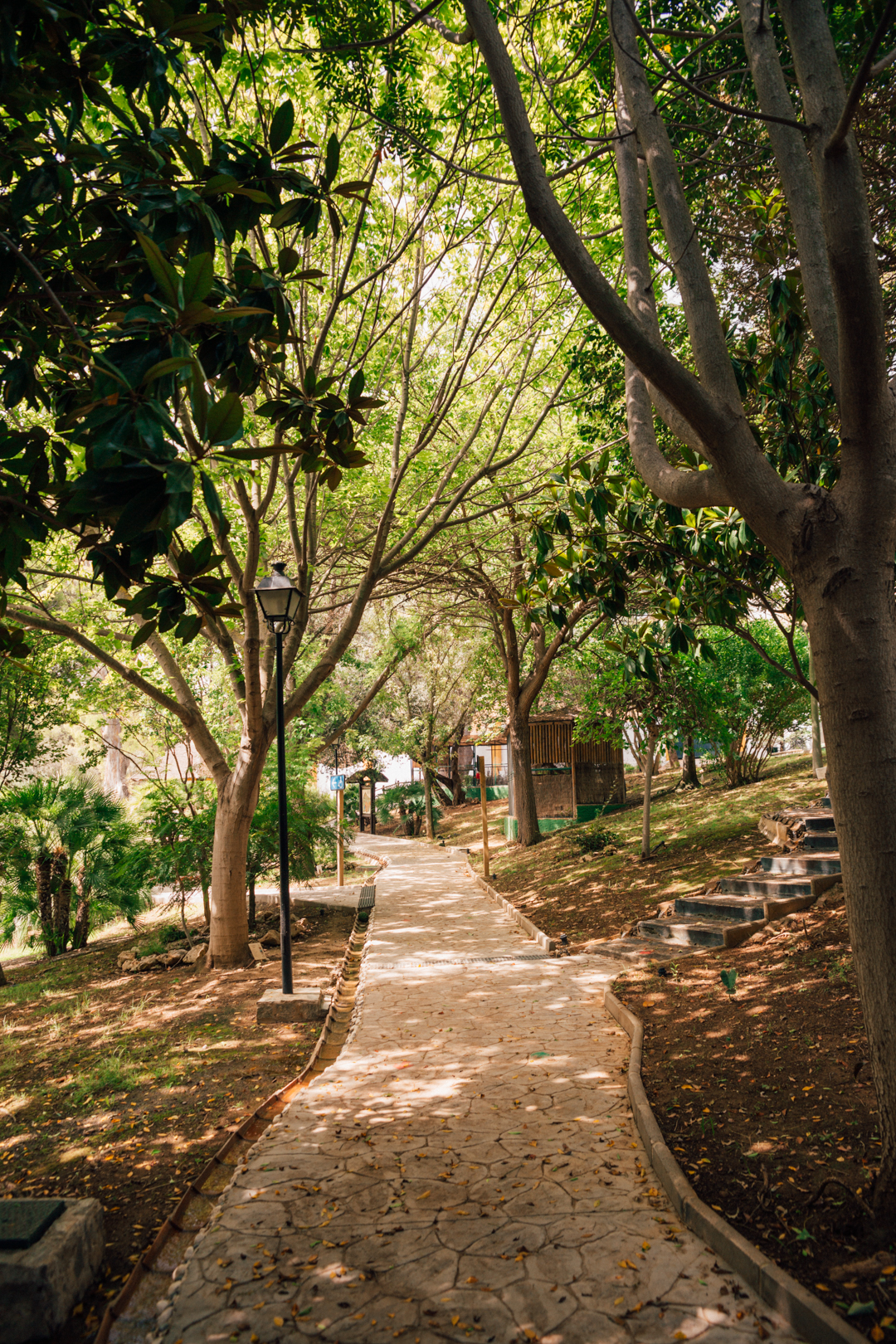
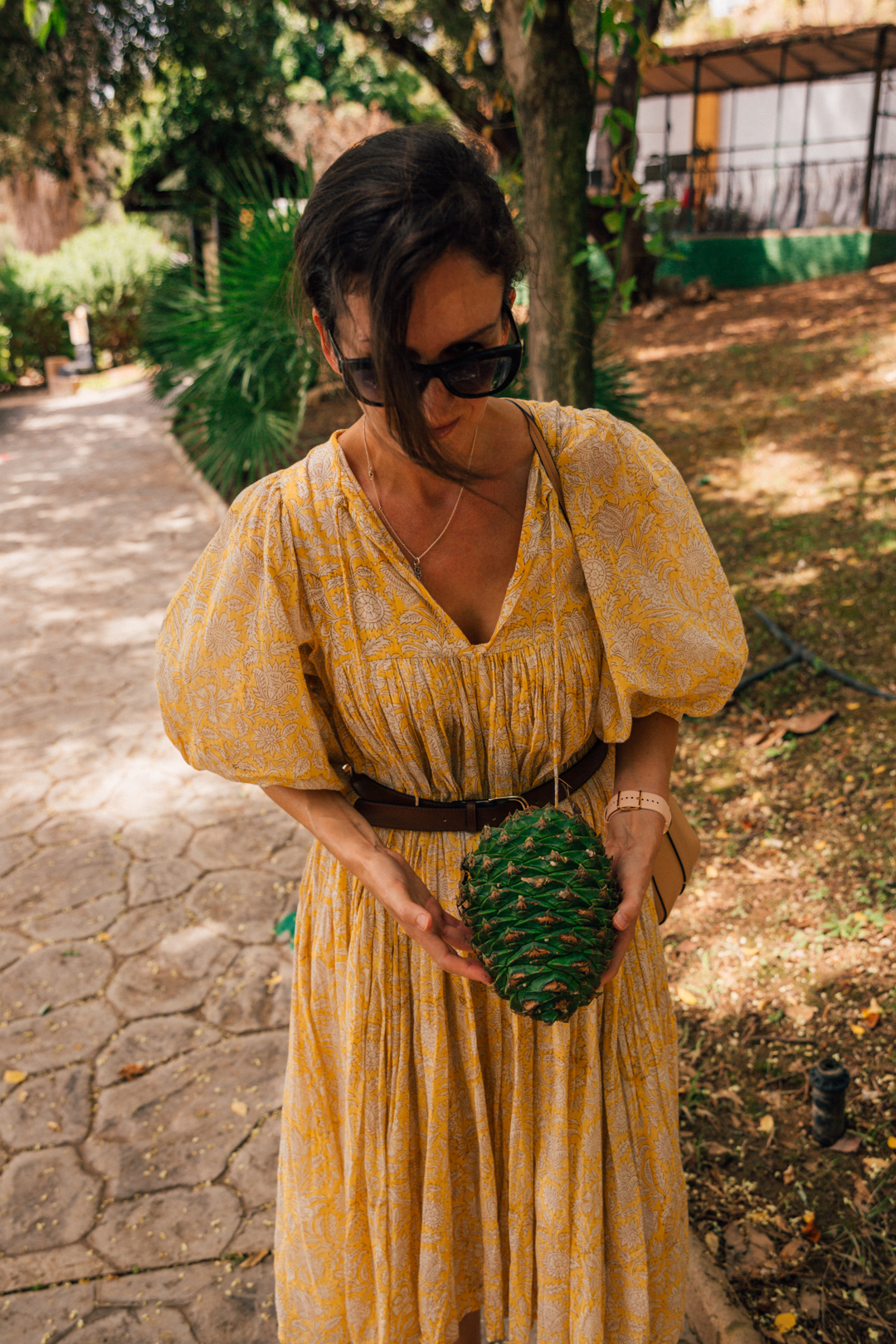
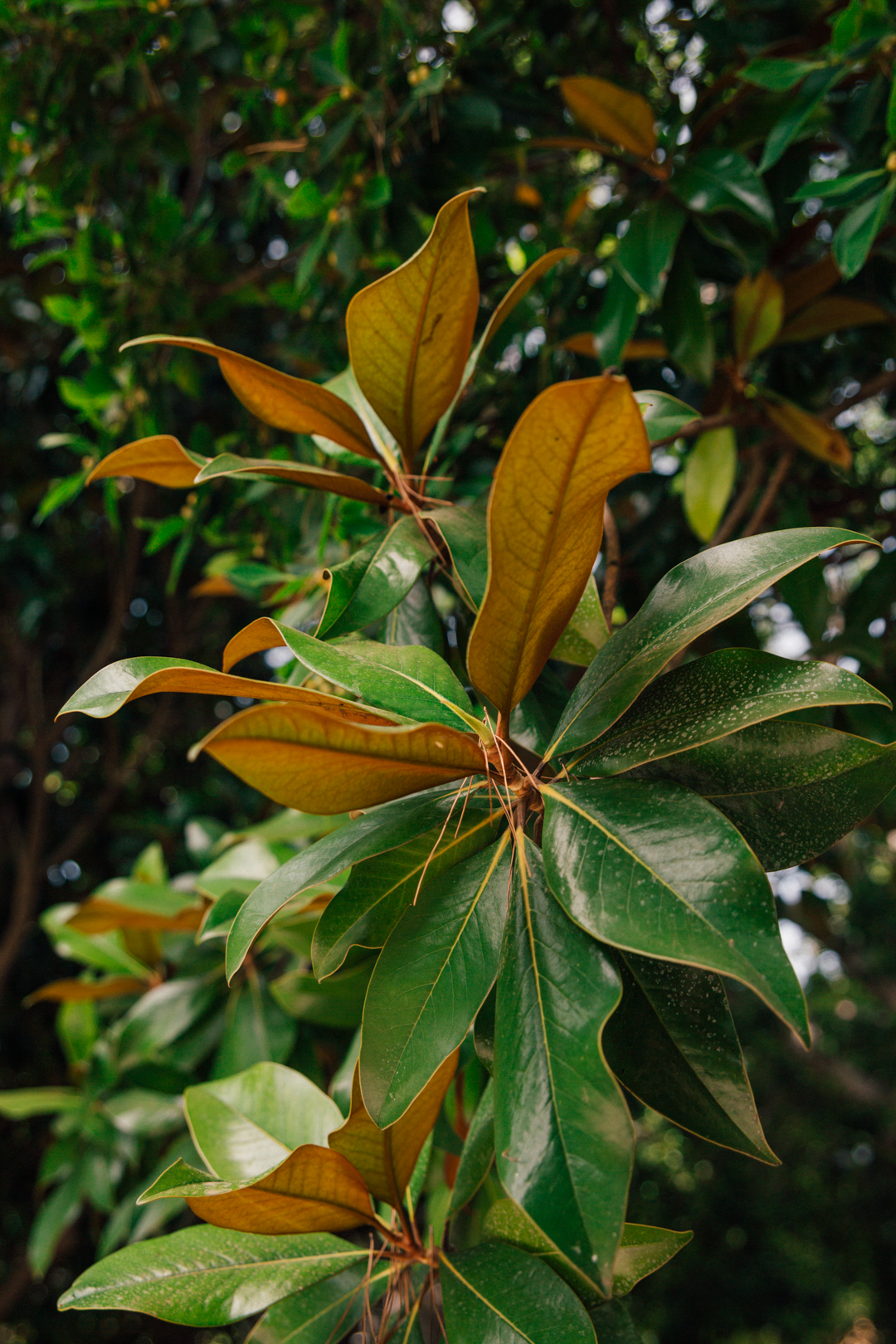
The Maze
Close to the end of the garden, you will find a small maze with a 100-foot tall pine tree as its centrepiece.
It’s not really a proper maze as there is no chance for you to get lost, but nevertheless fun to explore. It has a few small water fountains, much appreciated by the little visitors.
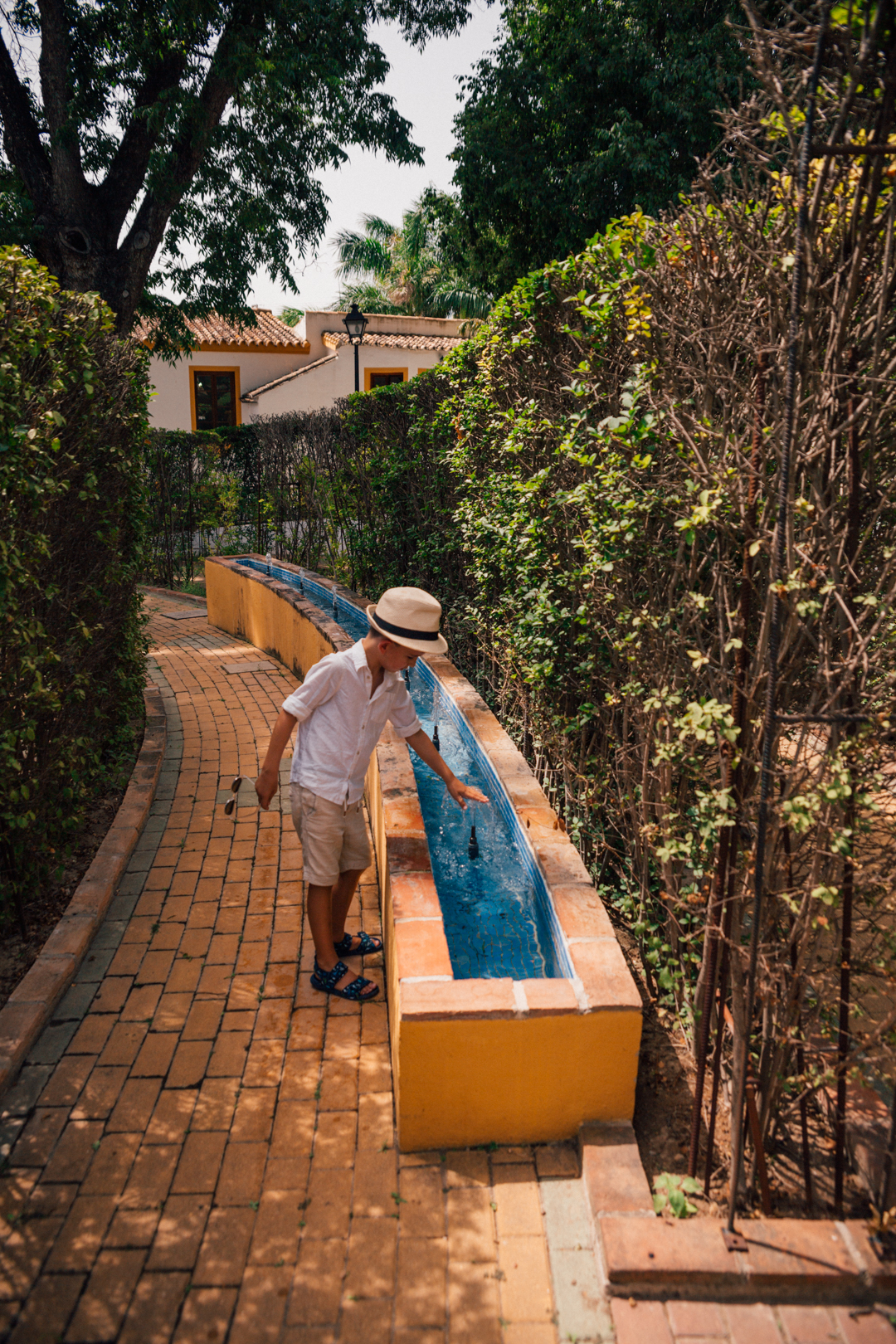
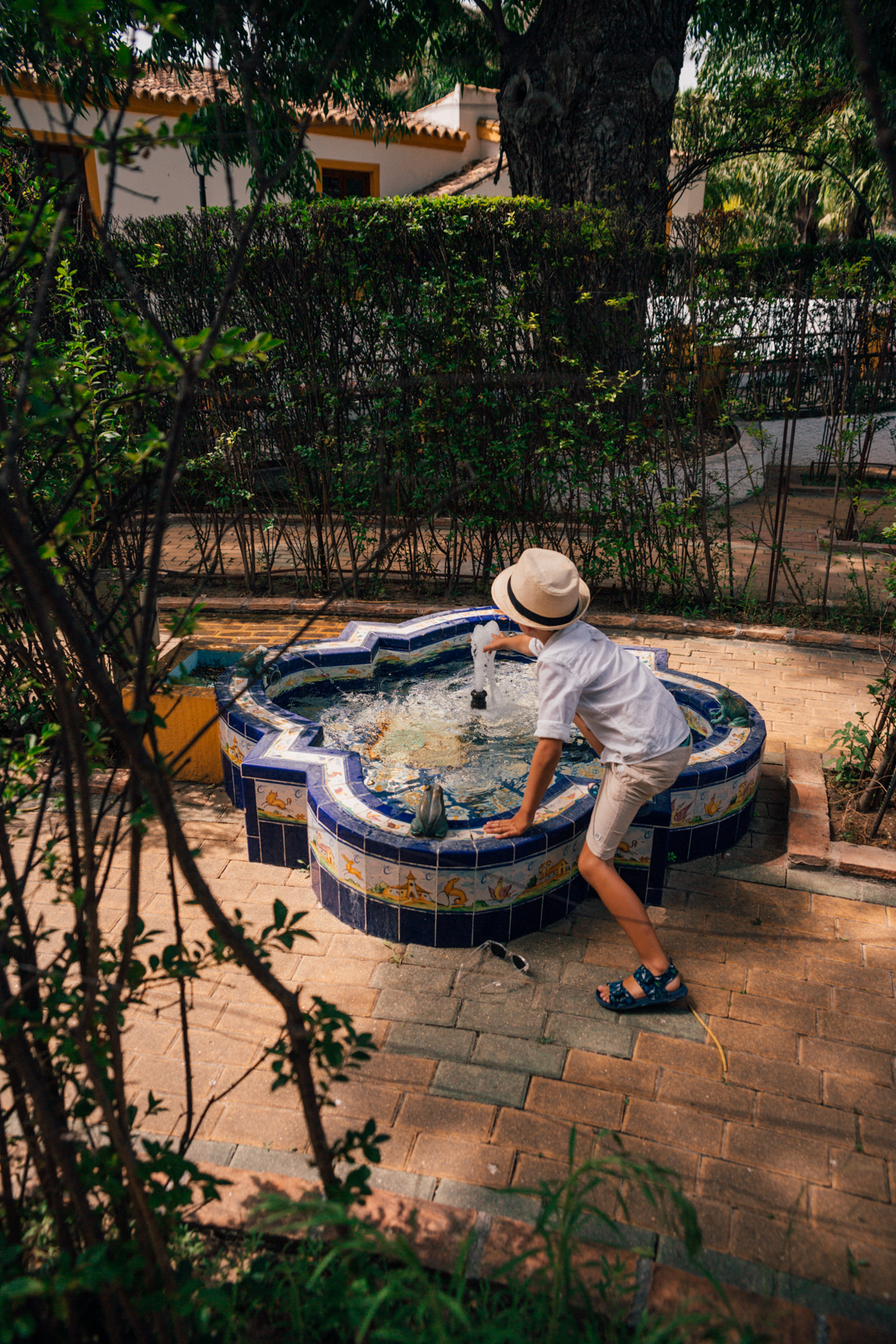
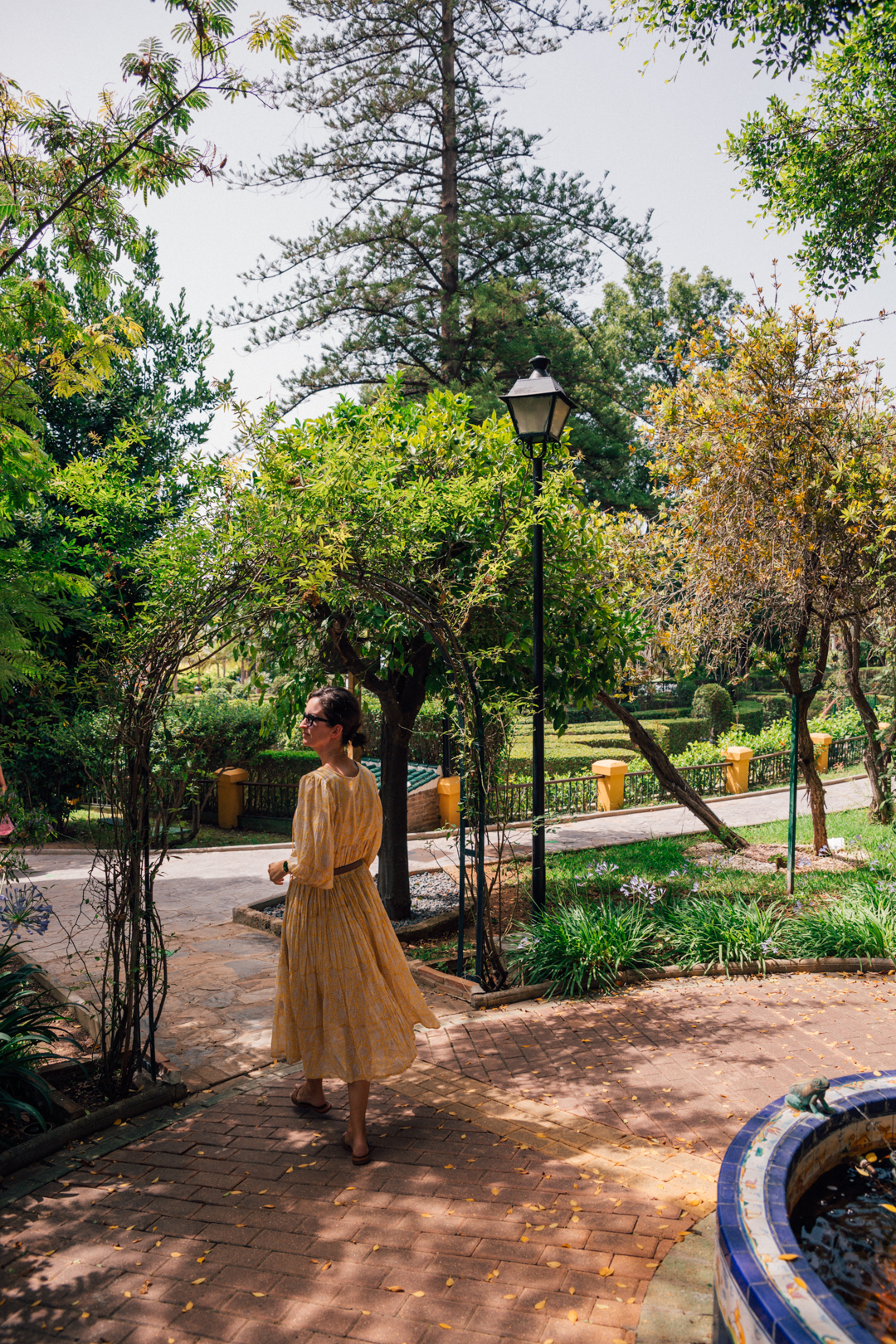
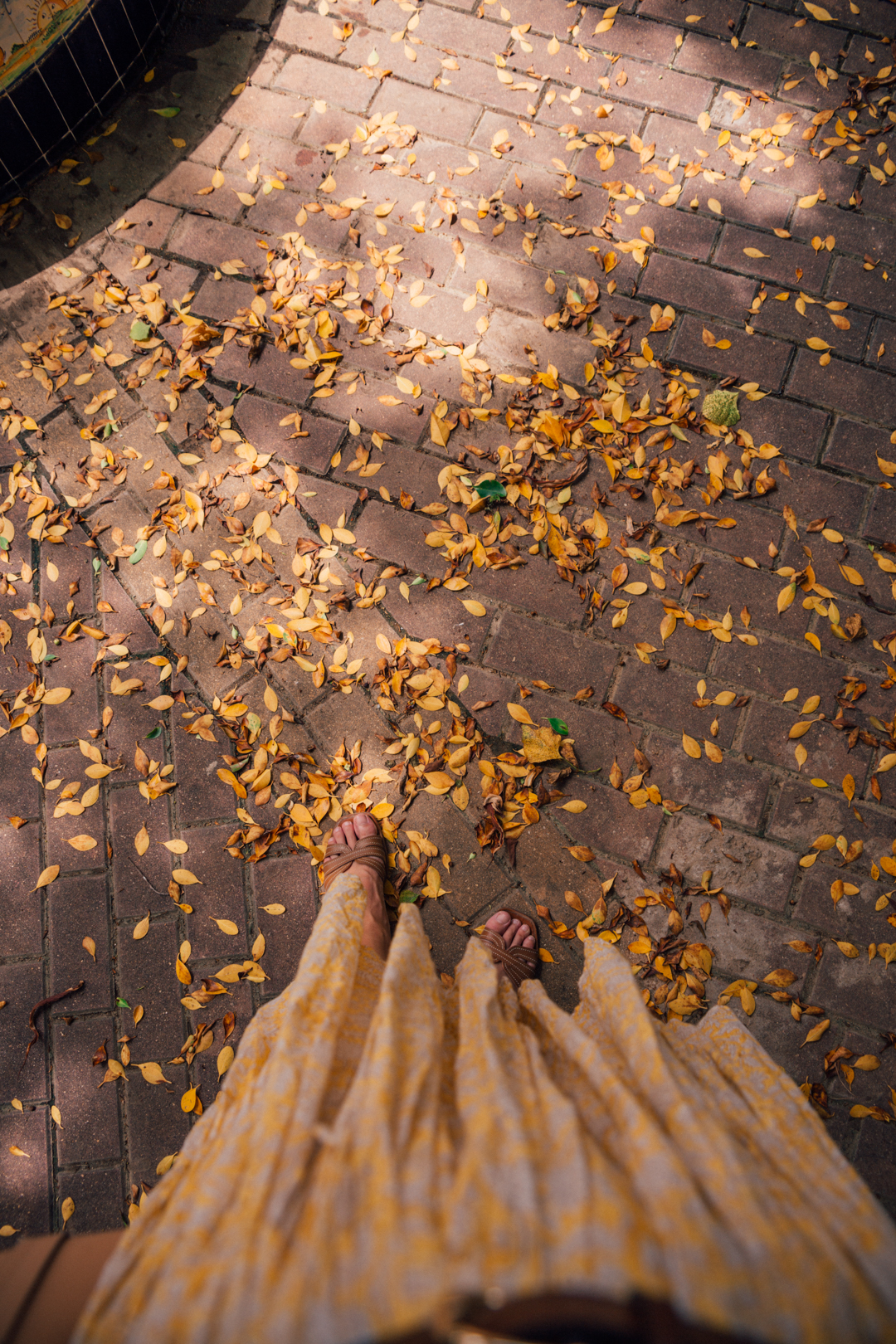
Albercon del Rey Spring
The second spring found in the gardens is the Albercon del Rey. It’s located in its original building, and almost always dried up.
The spring is named after King Alfonso XIII who visited the gardens and springs in 1926.
You can see a bit of what’s left of the spring at the bottom of the building. Beware before you enter – there is extreme humidity inside.
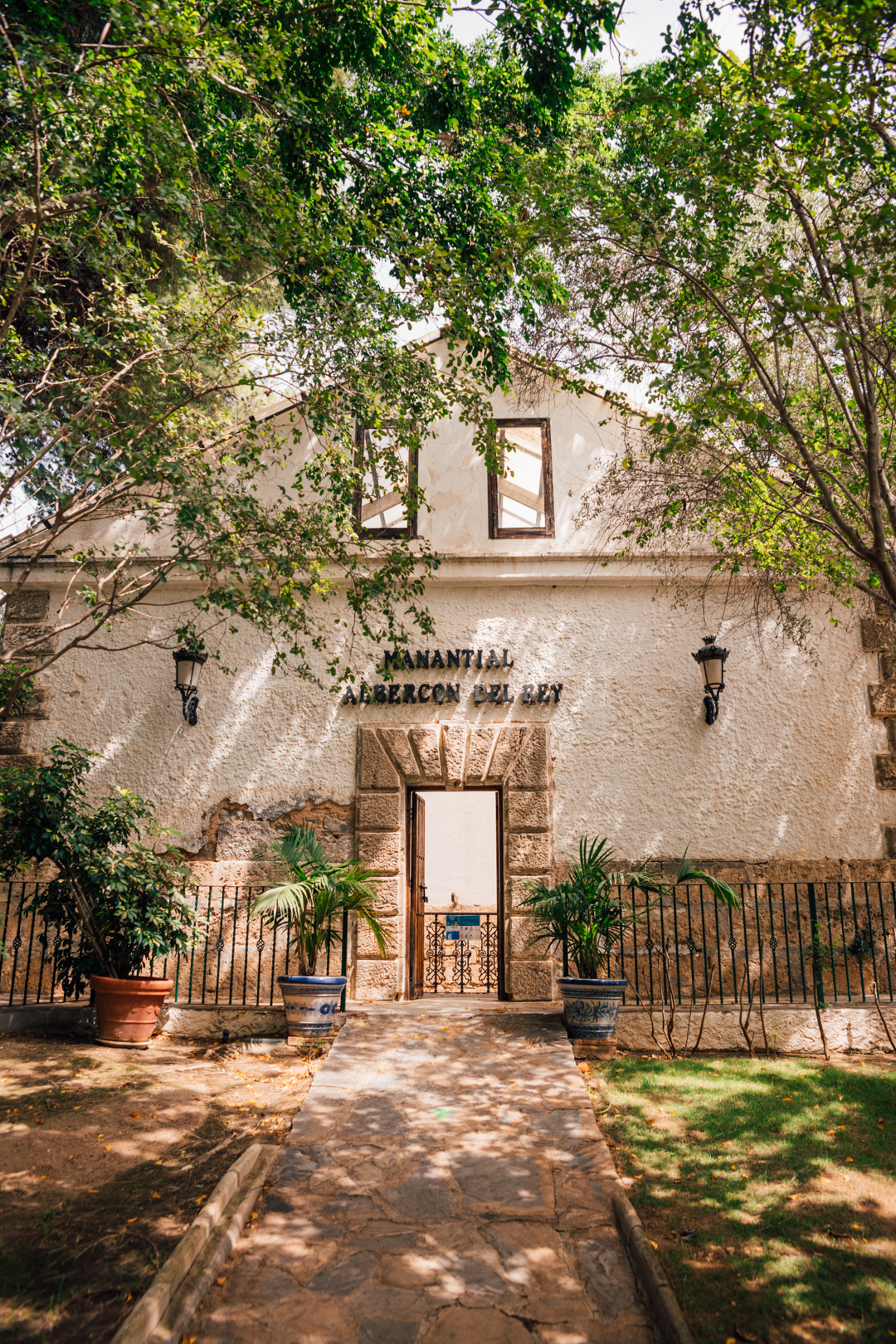
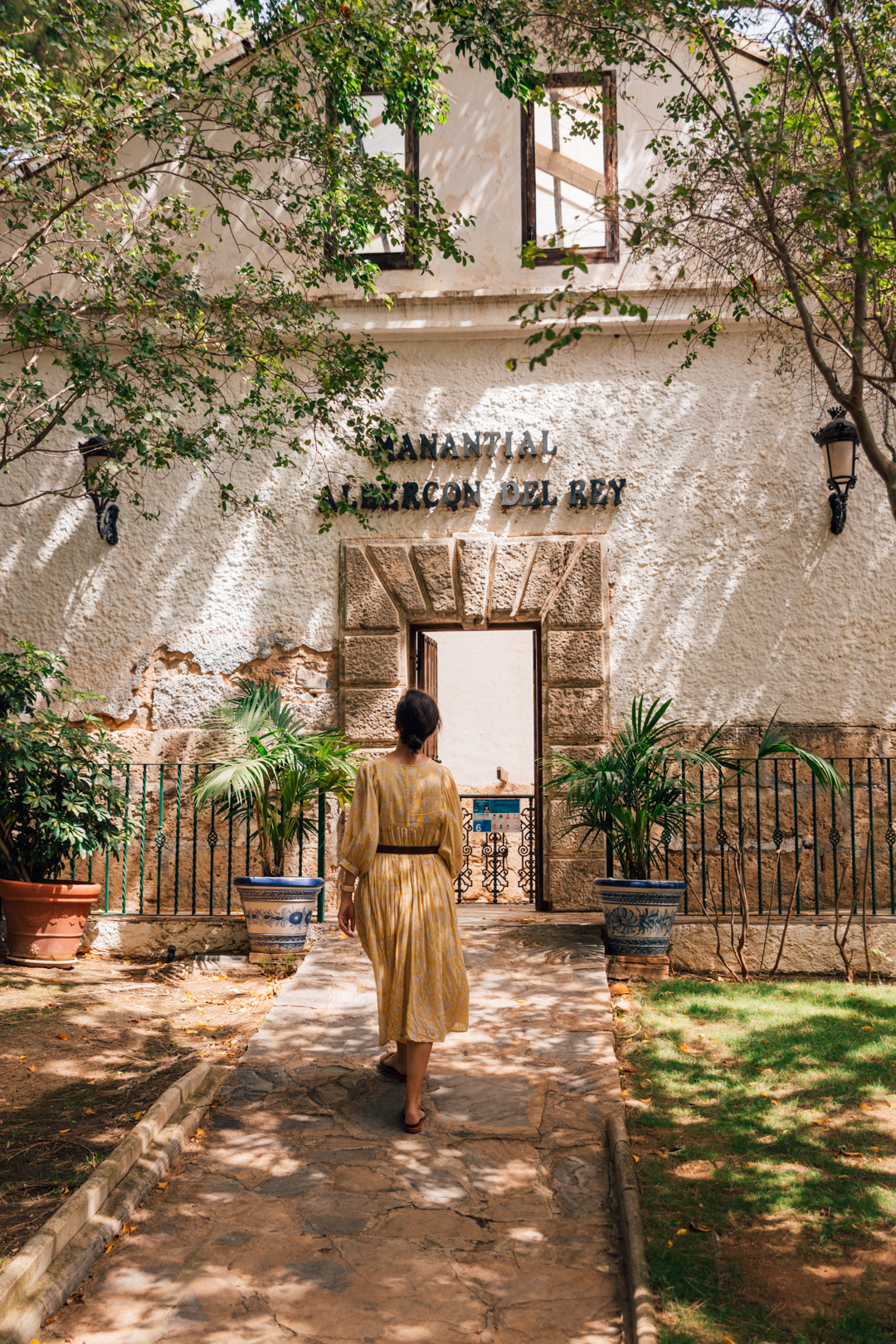
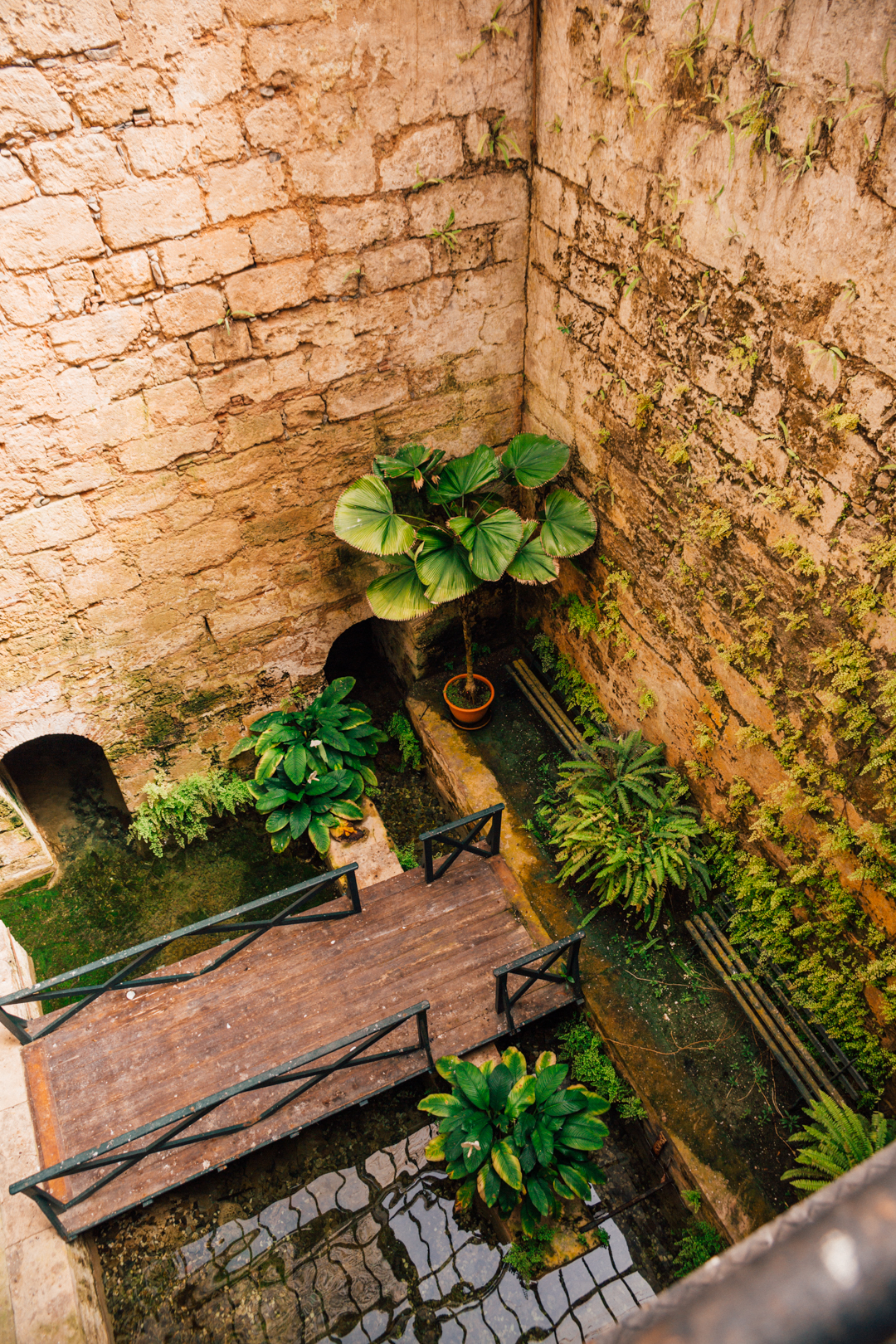
Japanese Garden
This was my least favorite part of the garden.
The Japanese gardens didn’t seem to really fit into this space too well.
It takes up over 500 meters and features a little pond with a traditional Japanese building. The most fun part was watching the small turtles in the pond.
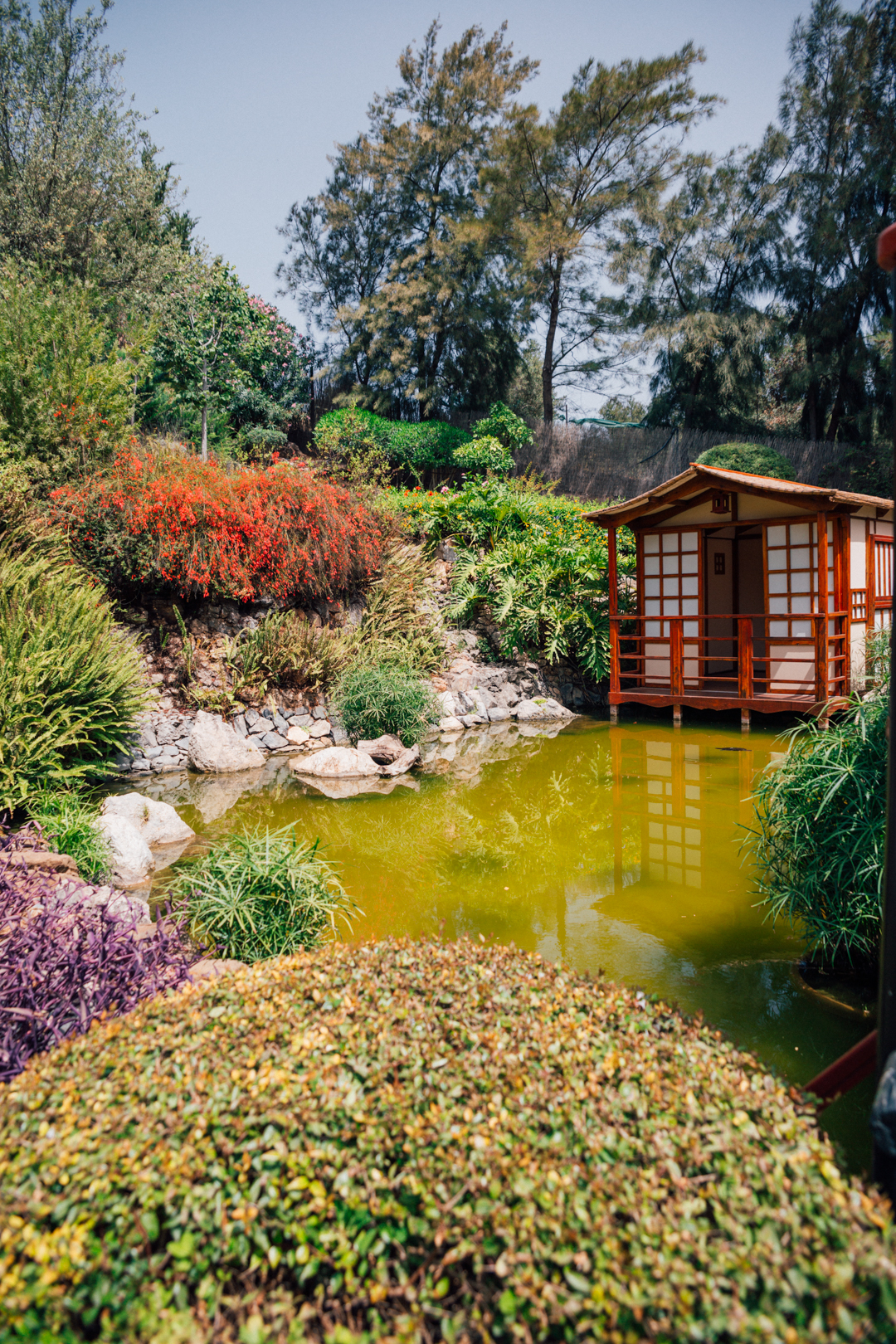
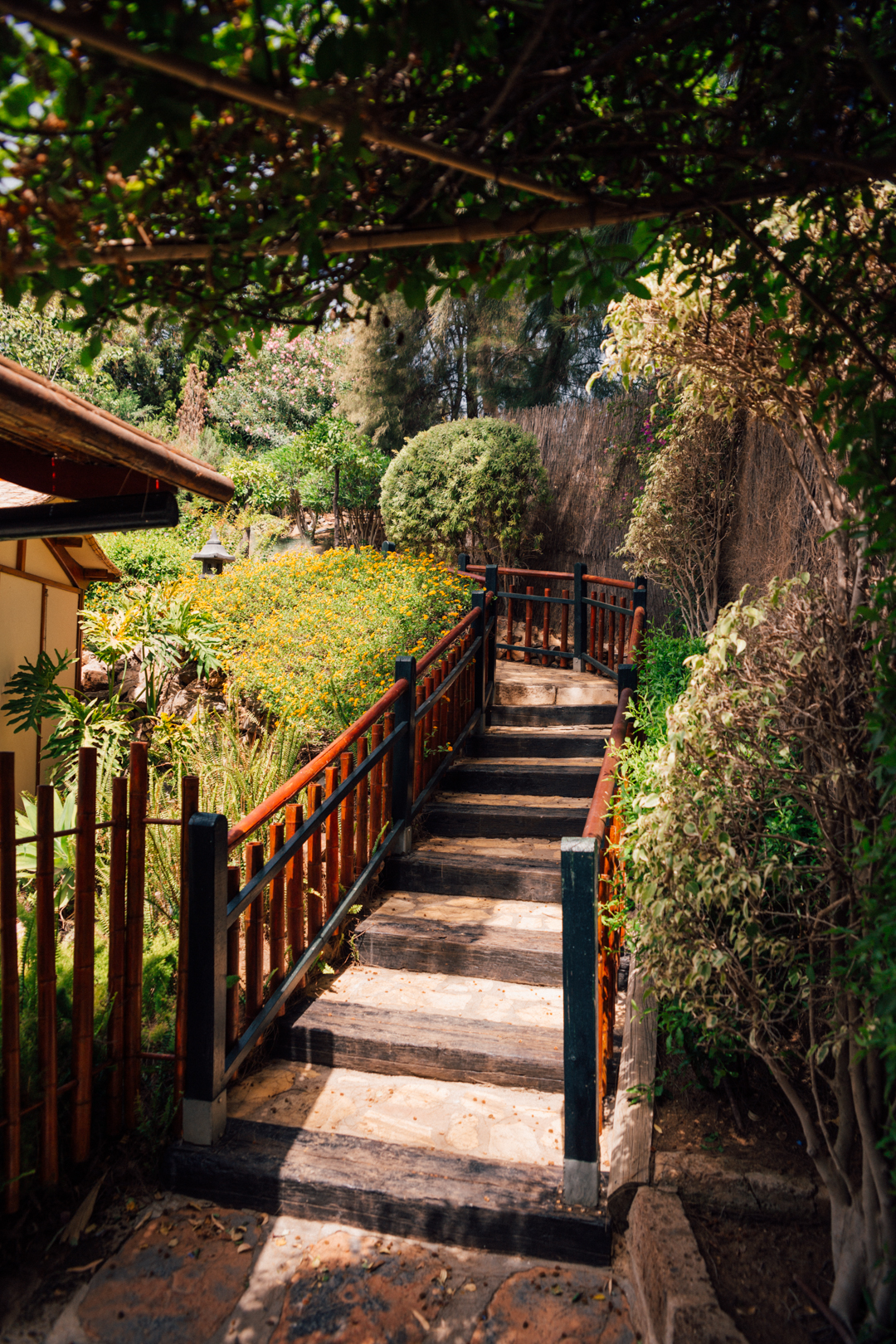
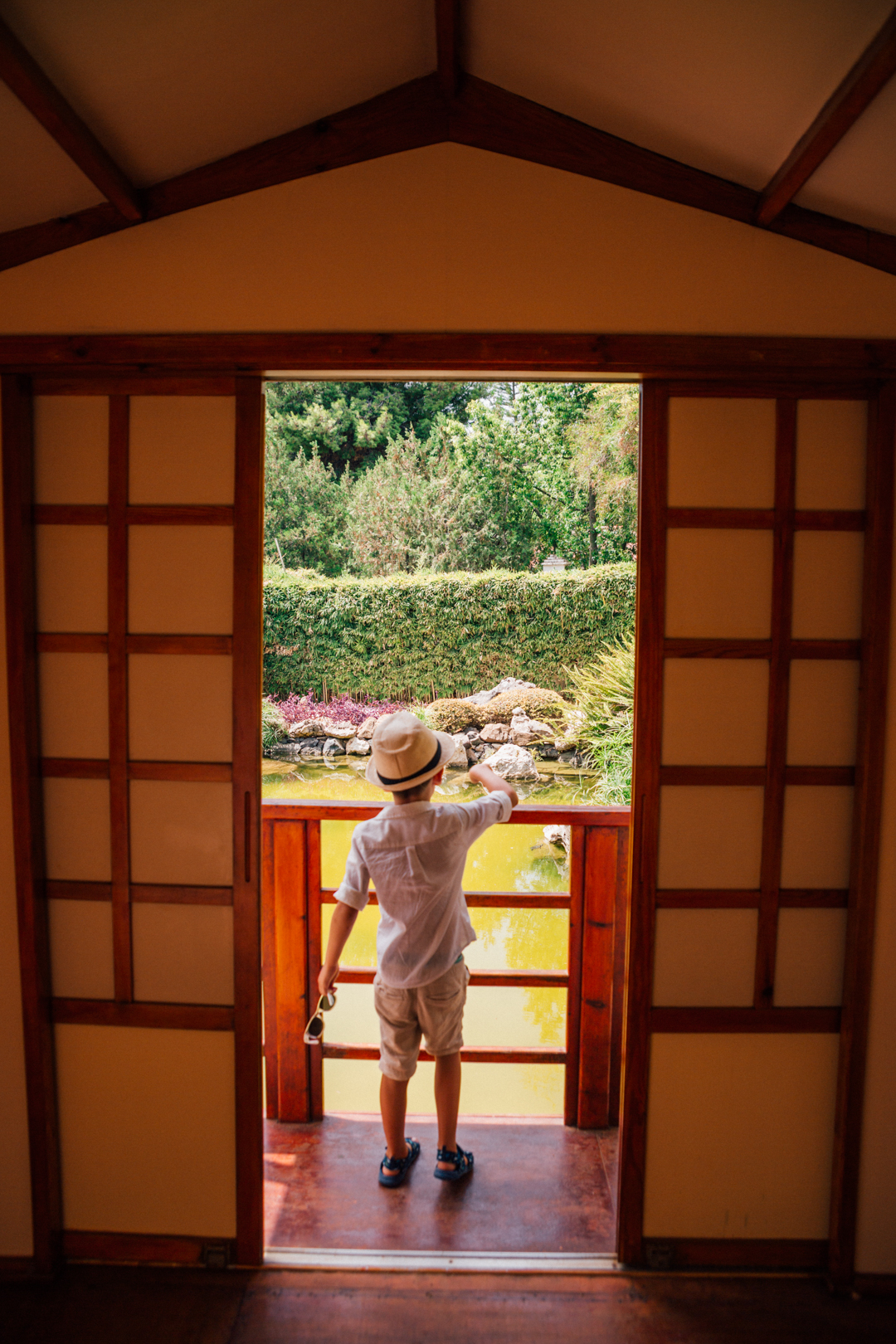
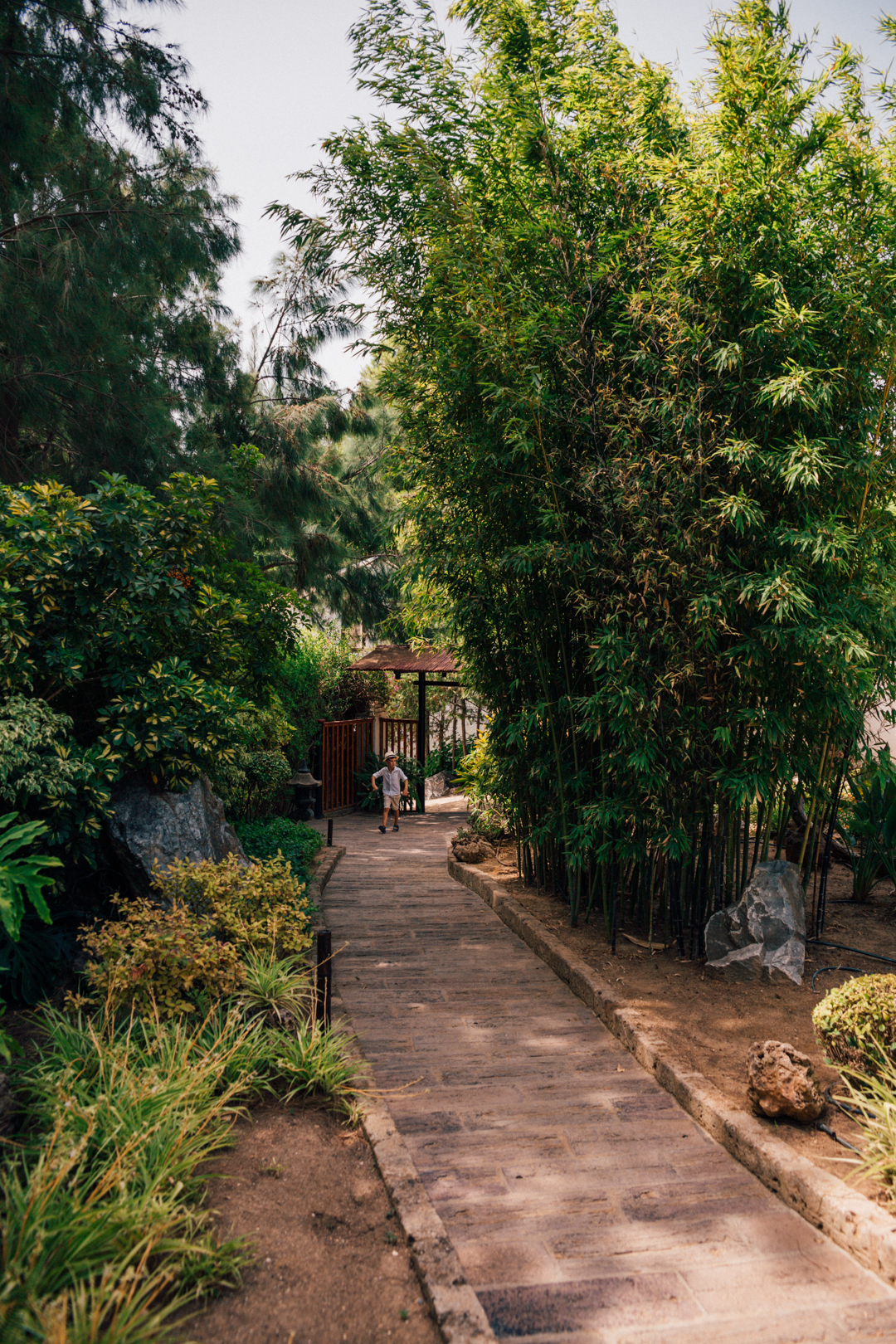
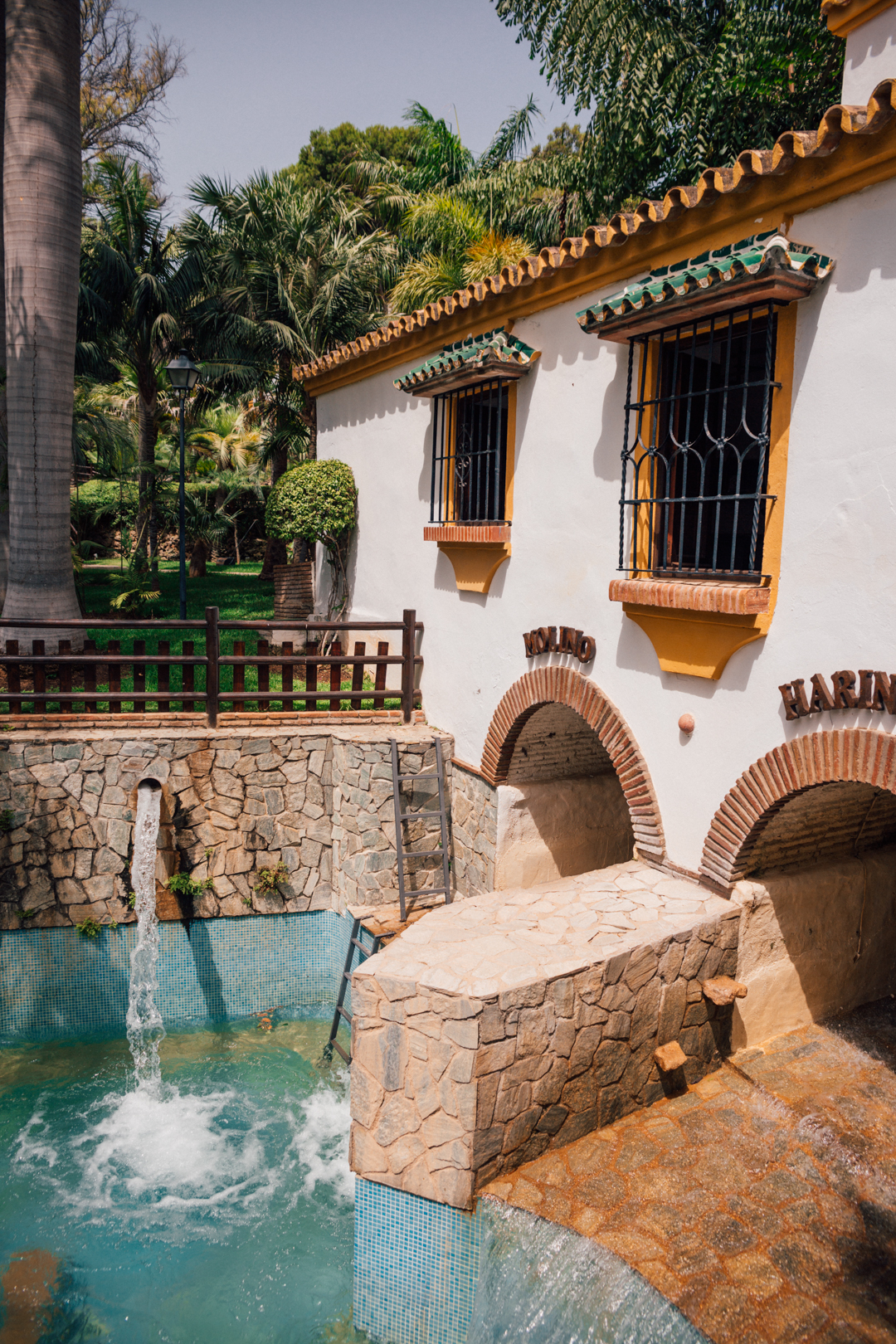
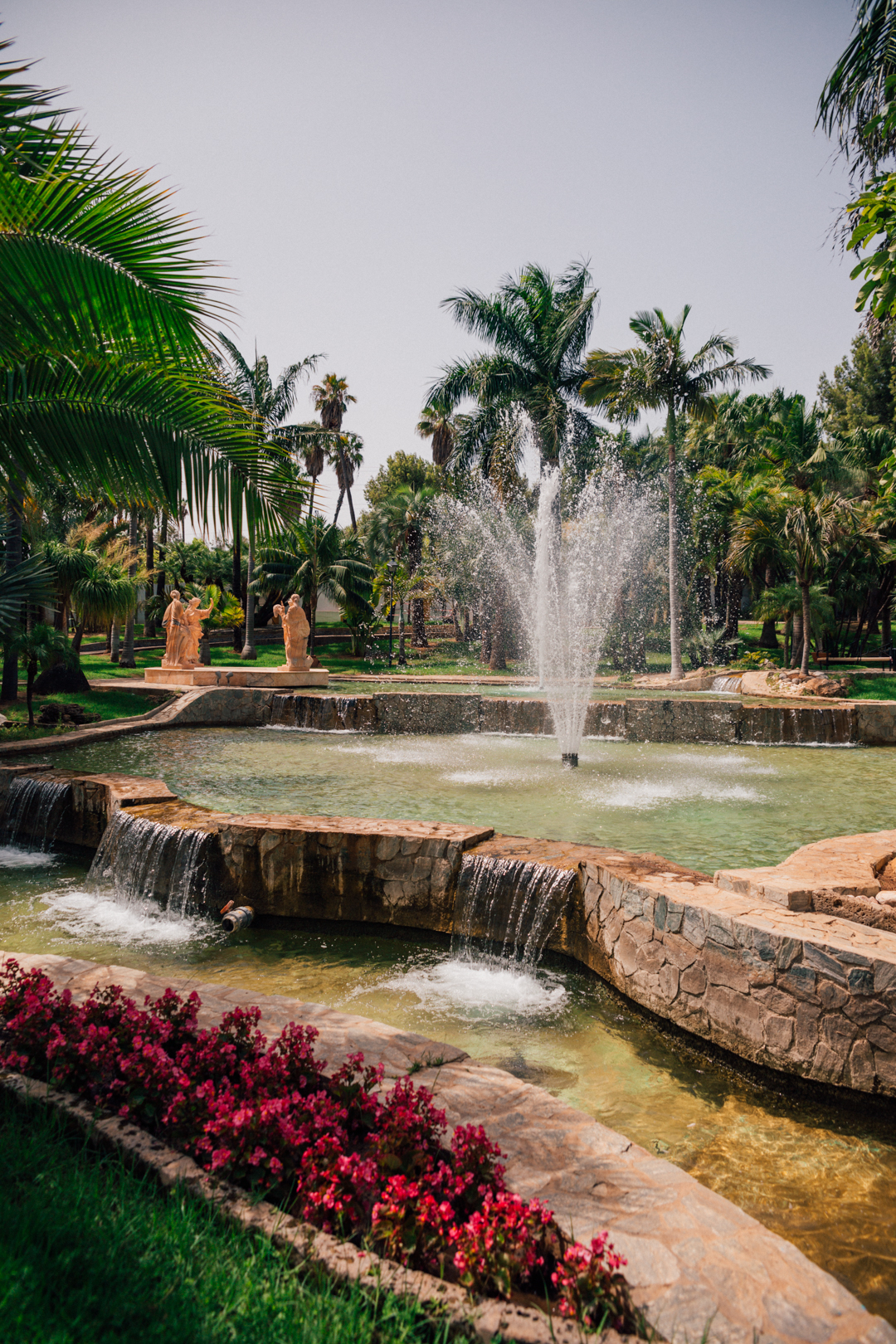
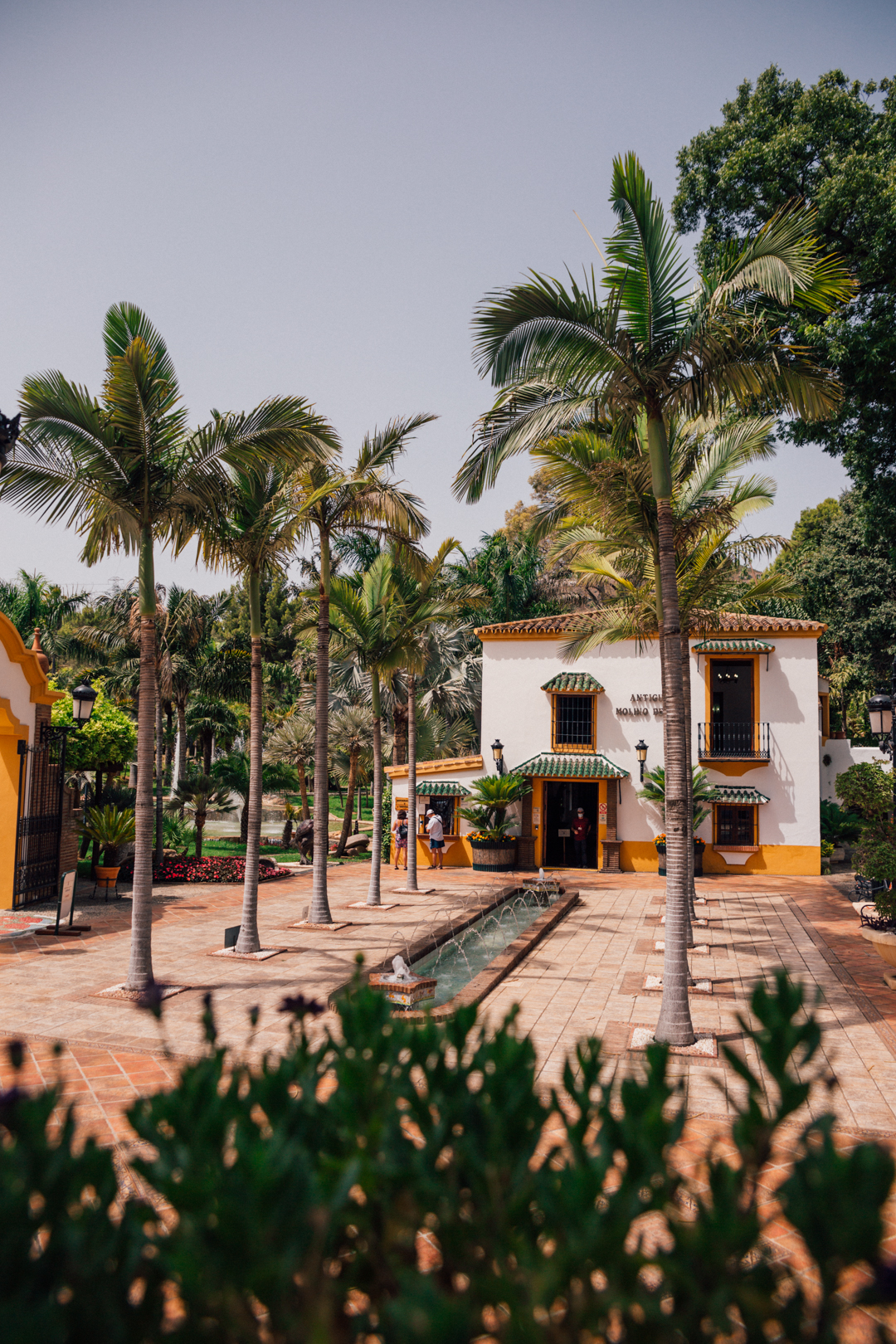
Molino de Inca Botanical Garden: Visitor Information
Entrance: 3 euros for adults, 1 euro for Torremolinos residents
Facilities: this was one of the biggest drawbacks of the place.
There was no cafe, no restaurant, not even vending machines to get a bottle of water. The visit would have been much more enjoyable if you could sit down somewhere with a coffee or a refreshing drink.
In the summer bring your own water, otherwise, it will be a very short visit.
Toilets are located opposite the ticket booth by the entrance.
Molino de Batán: this old mill-turned restaurant is opposite the entrance to the botanical garden and would be the perfect choice for a quick refreshment or lunch after visiting the gardens. Unfortunately, even though it was supposed to be open, it was closed.
Is it worth a visit?
I would say definitely, but you need to prepare and bring your own water. It’s also a bit out of the city, so you will need a taxi or rented car. If you’re travelling to Torremolinos from the airport, I have prepared a transport guide here.
If you’ve visited the Botanical Garden in Malaga before, you certainly won’t be as impressed.
This garden is much smaller and not as old as the one in Malaga. Nevertheless, if you find yourself looking to spend a bit of time in nature, this is the place to be.


